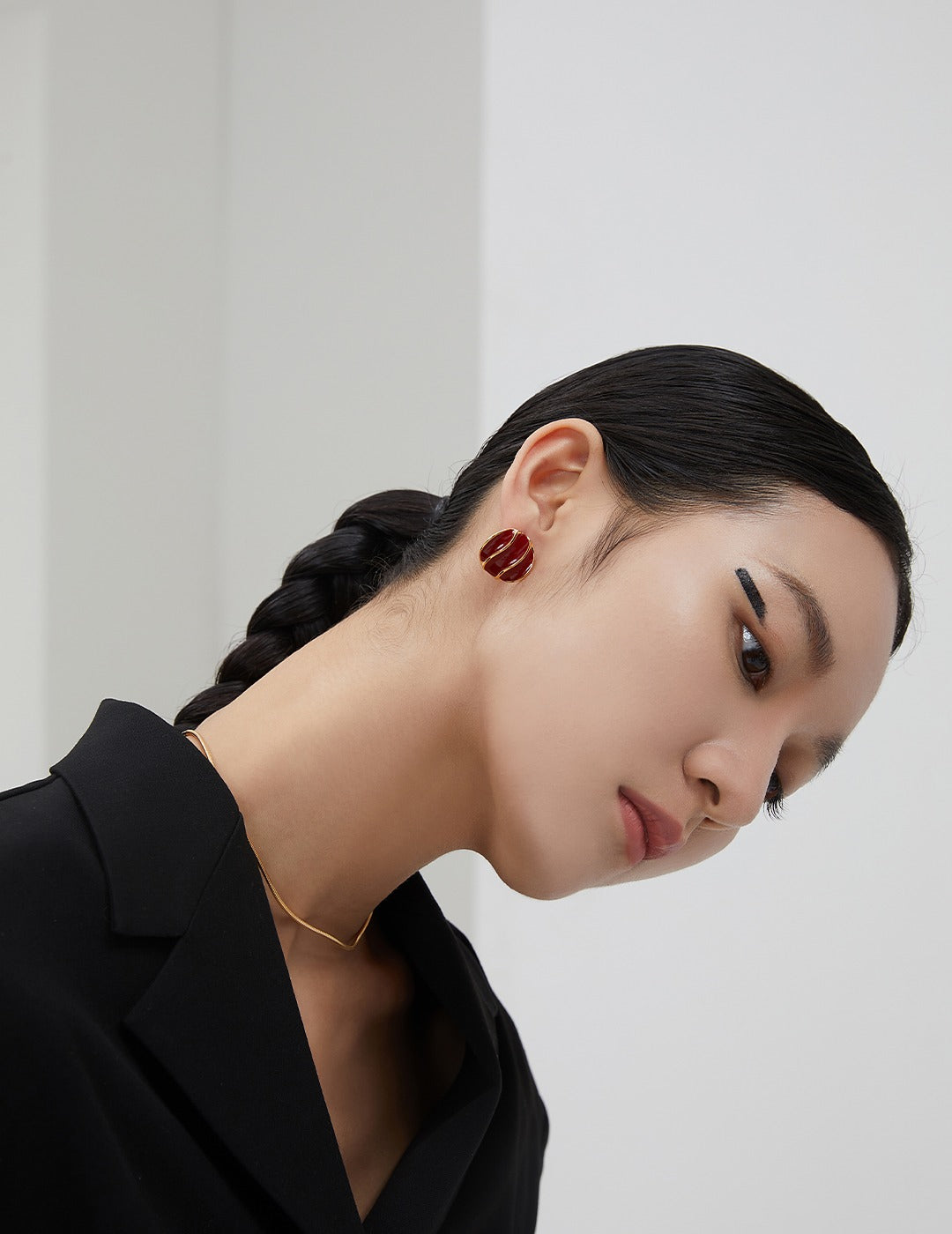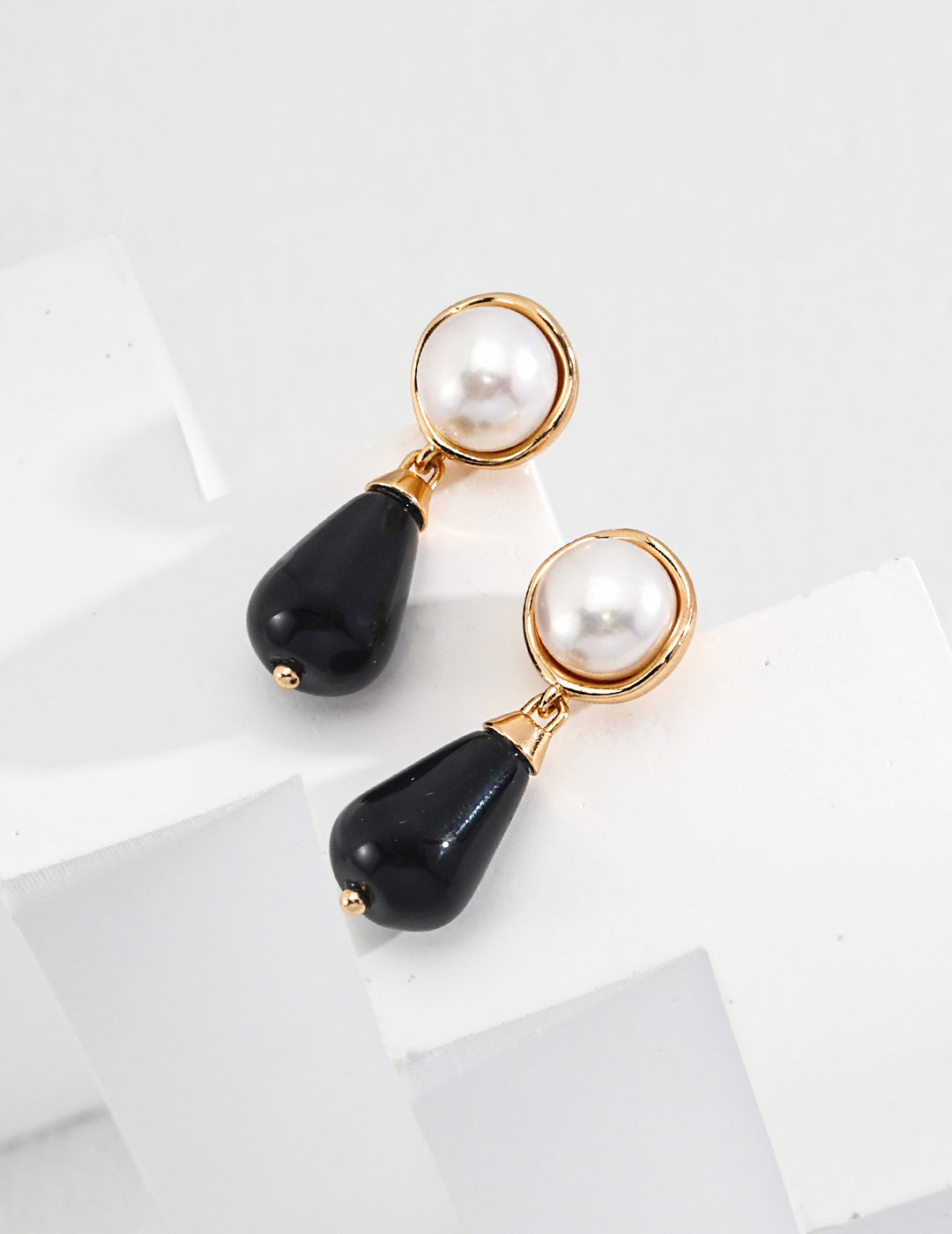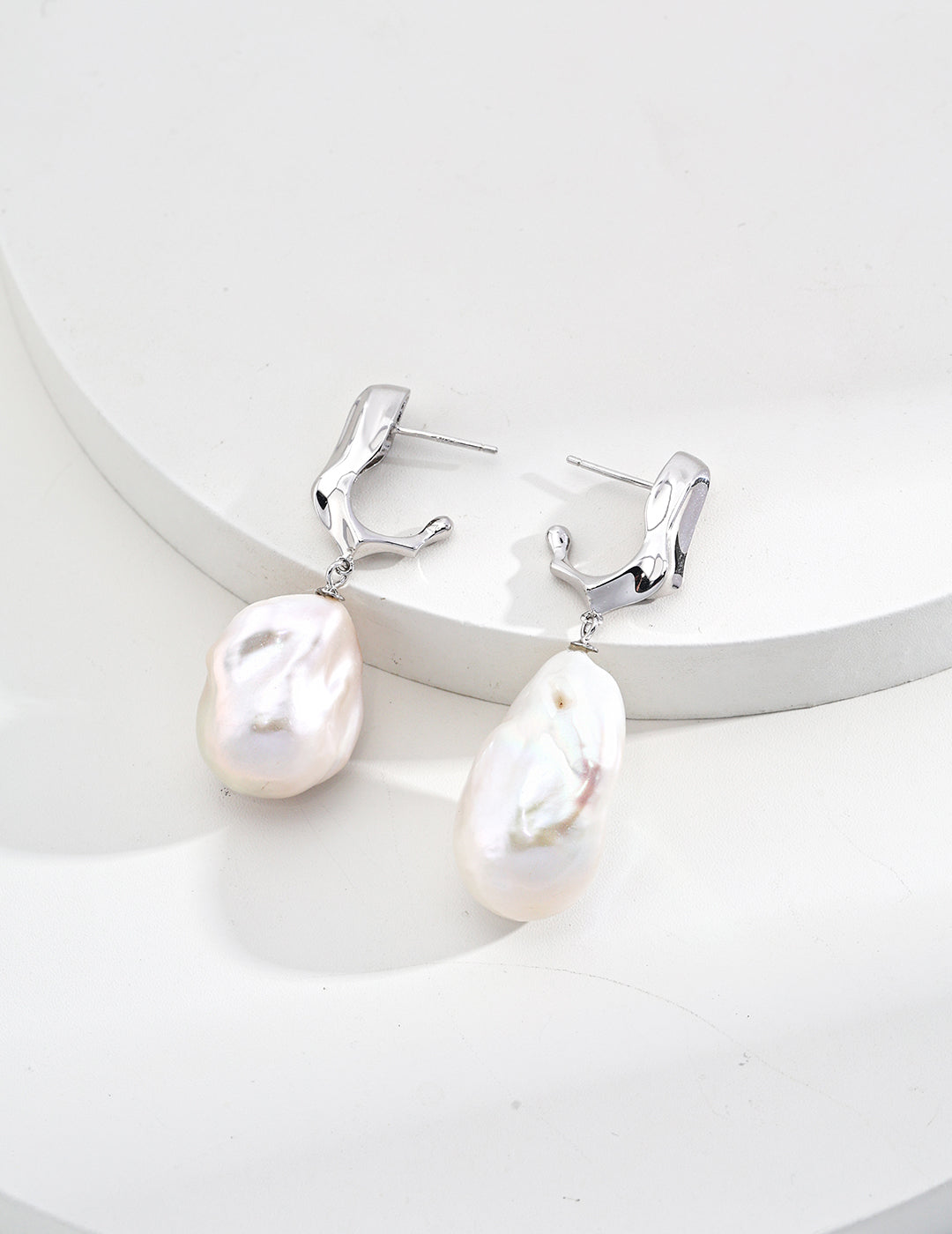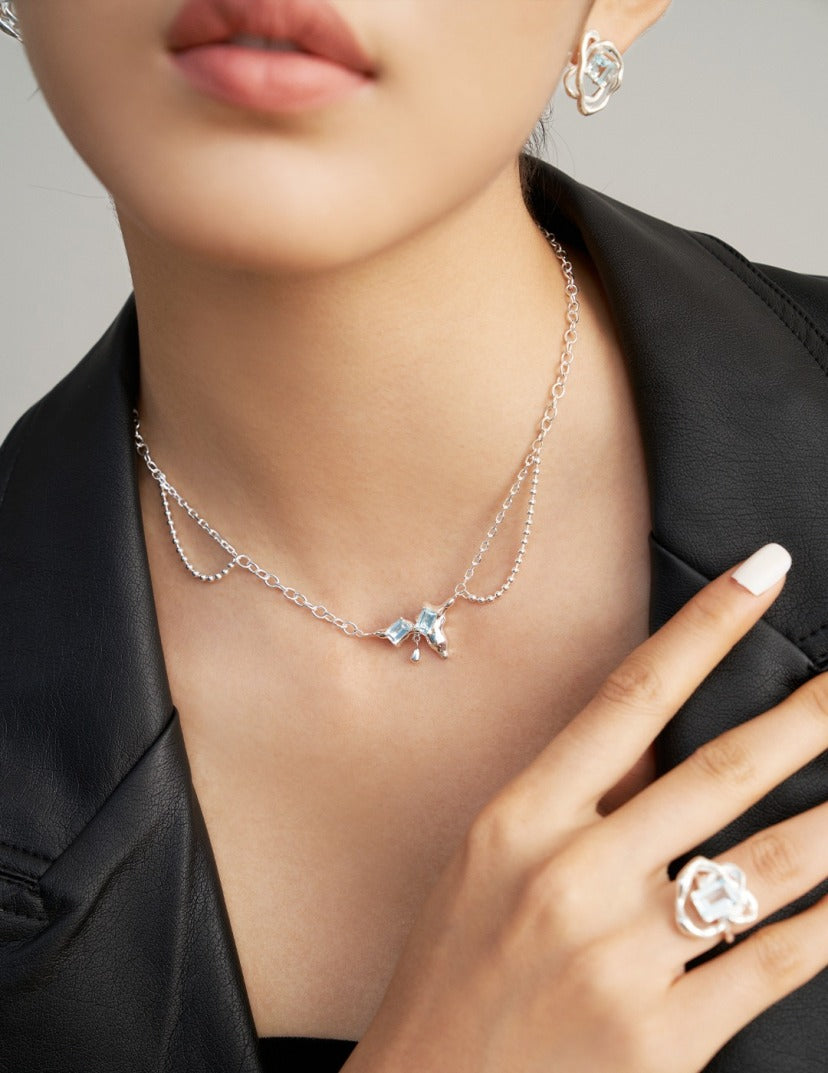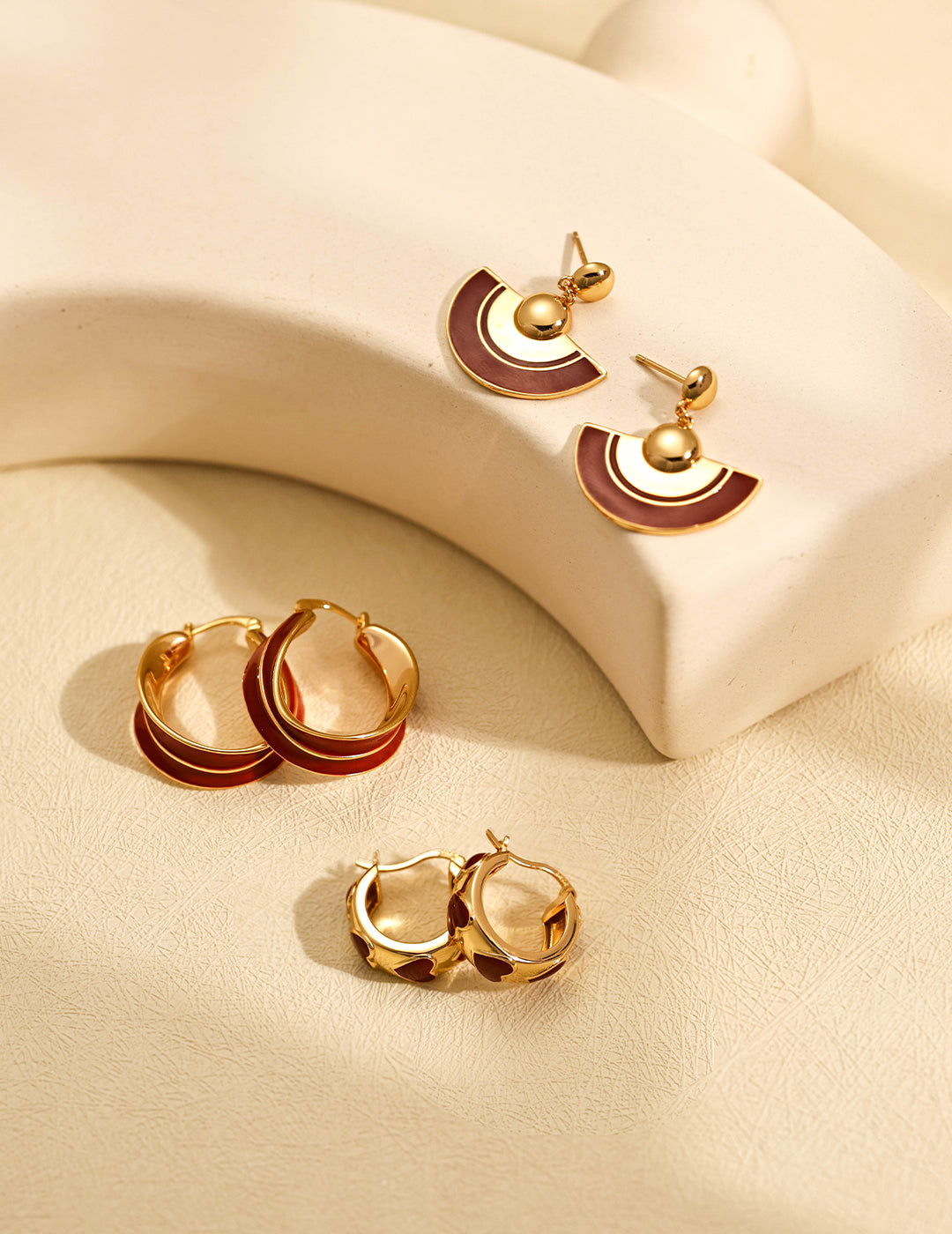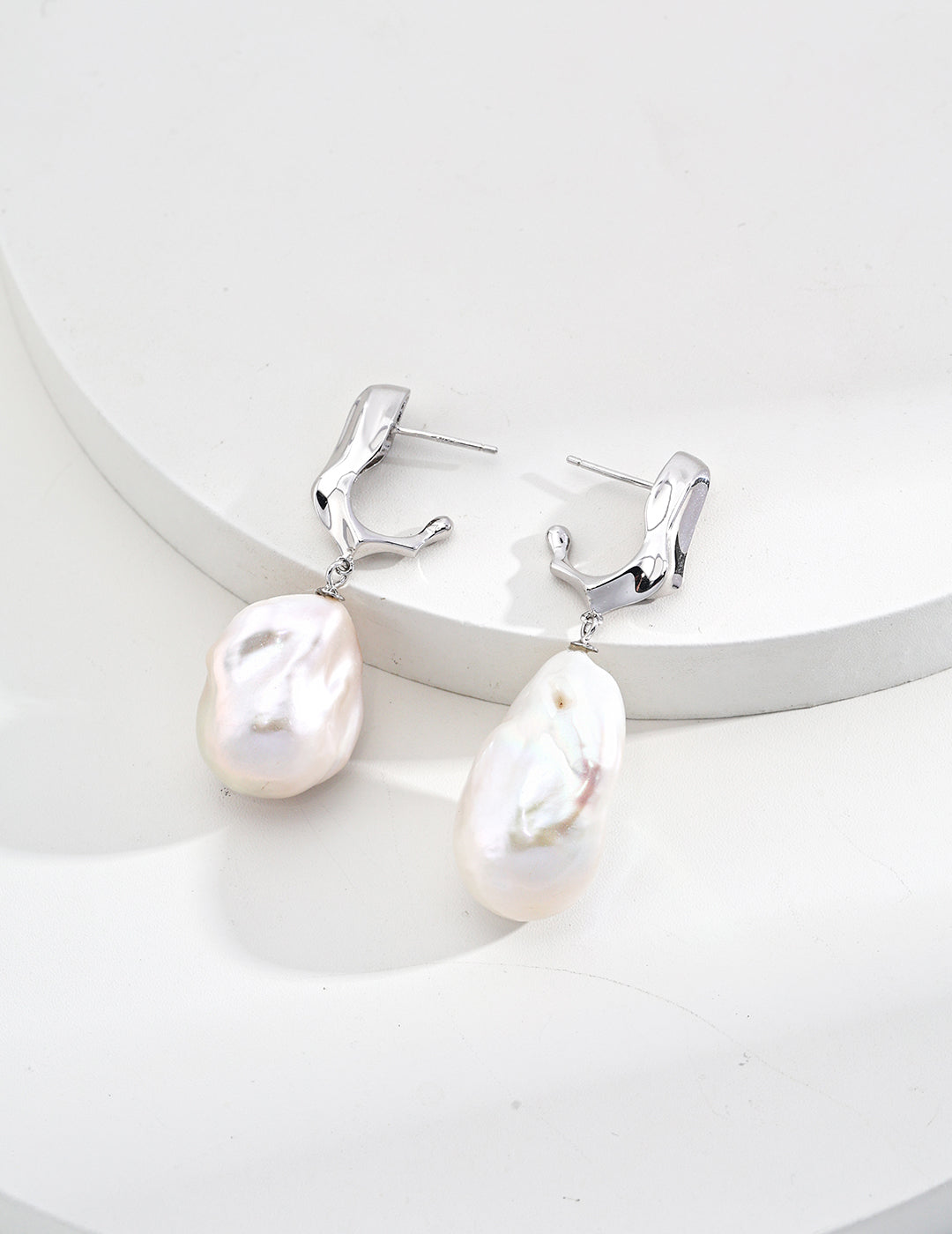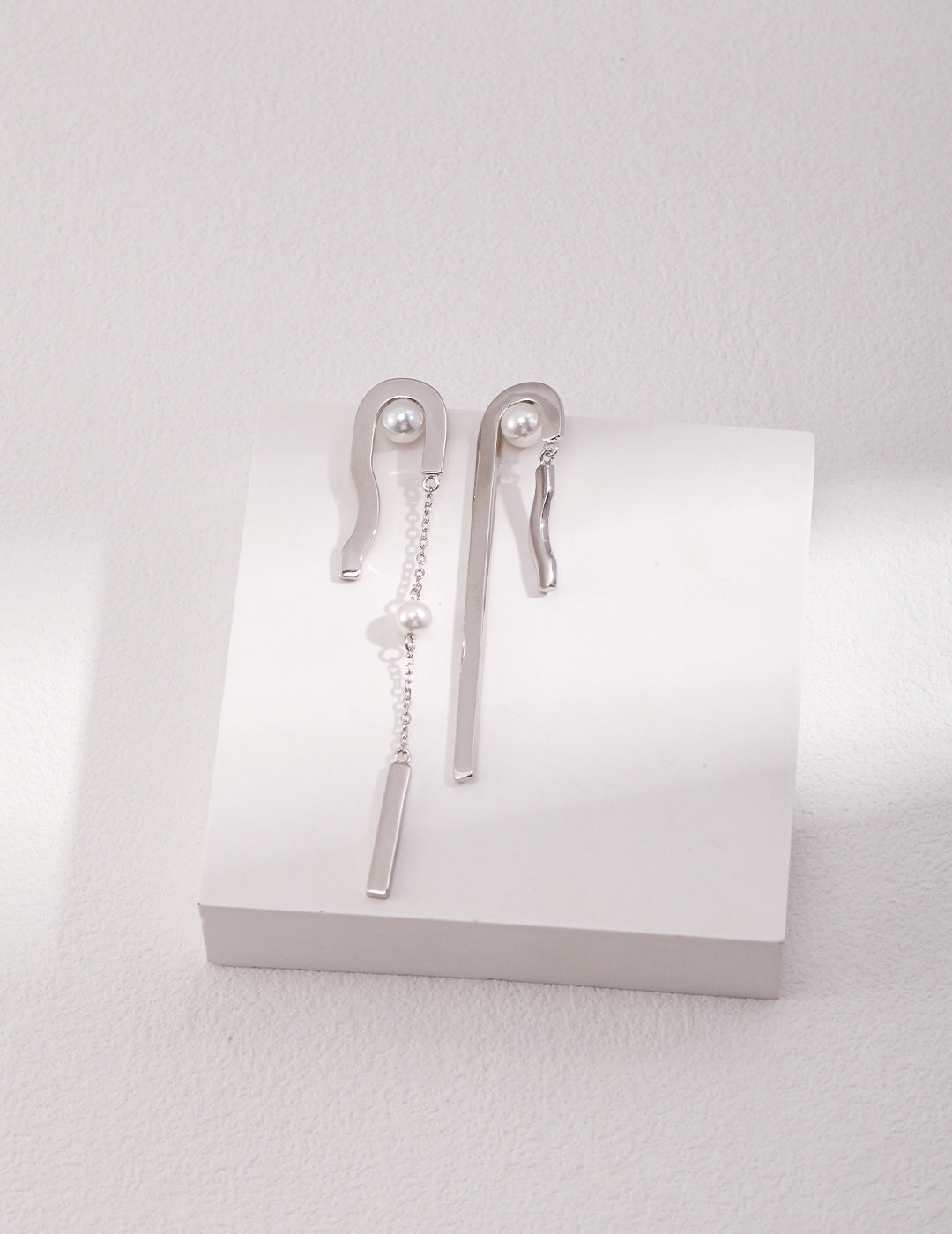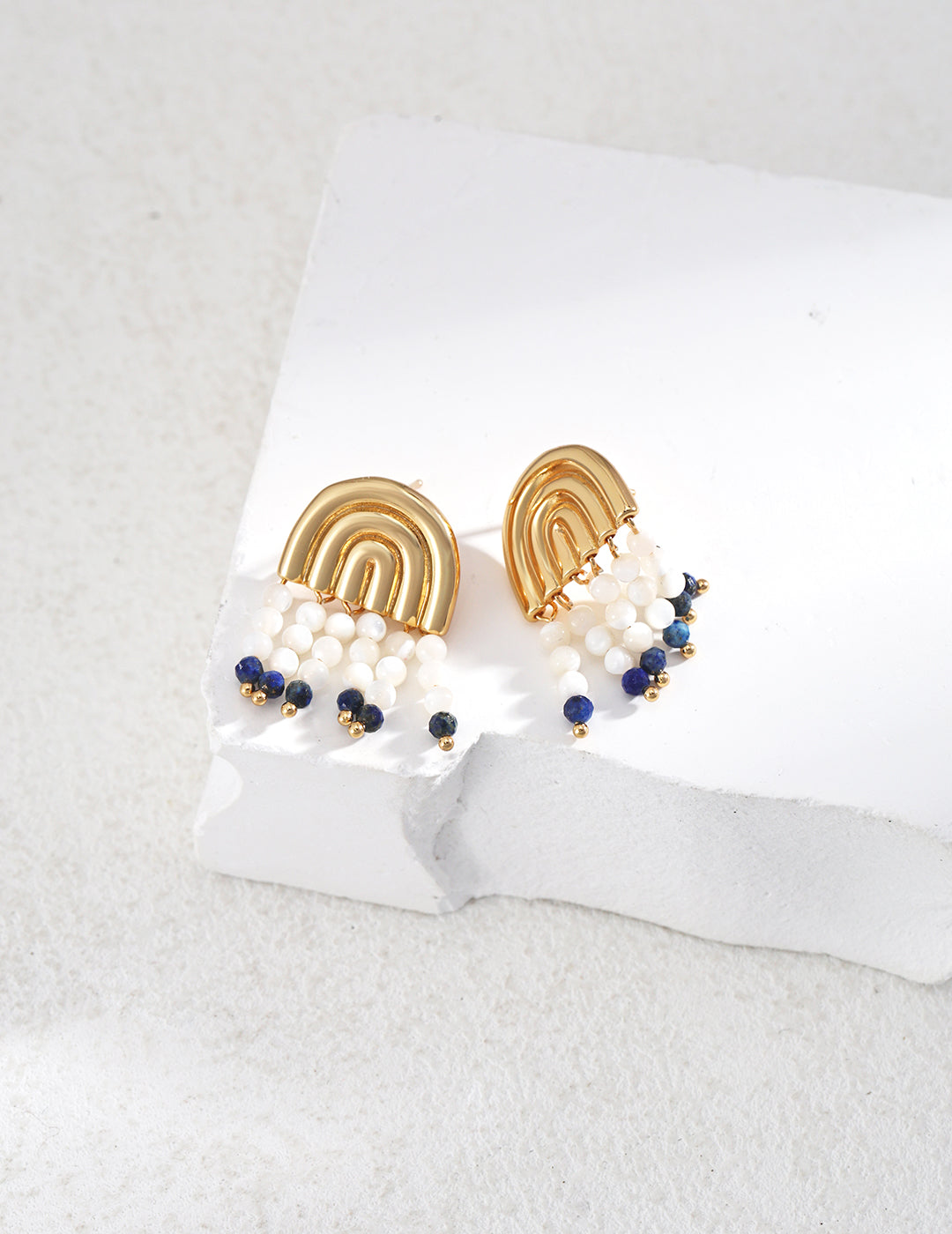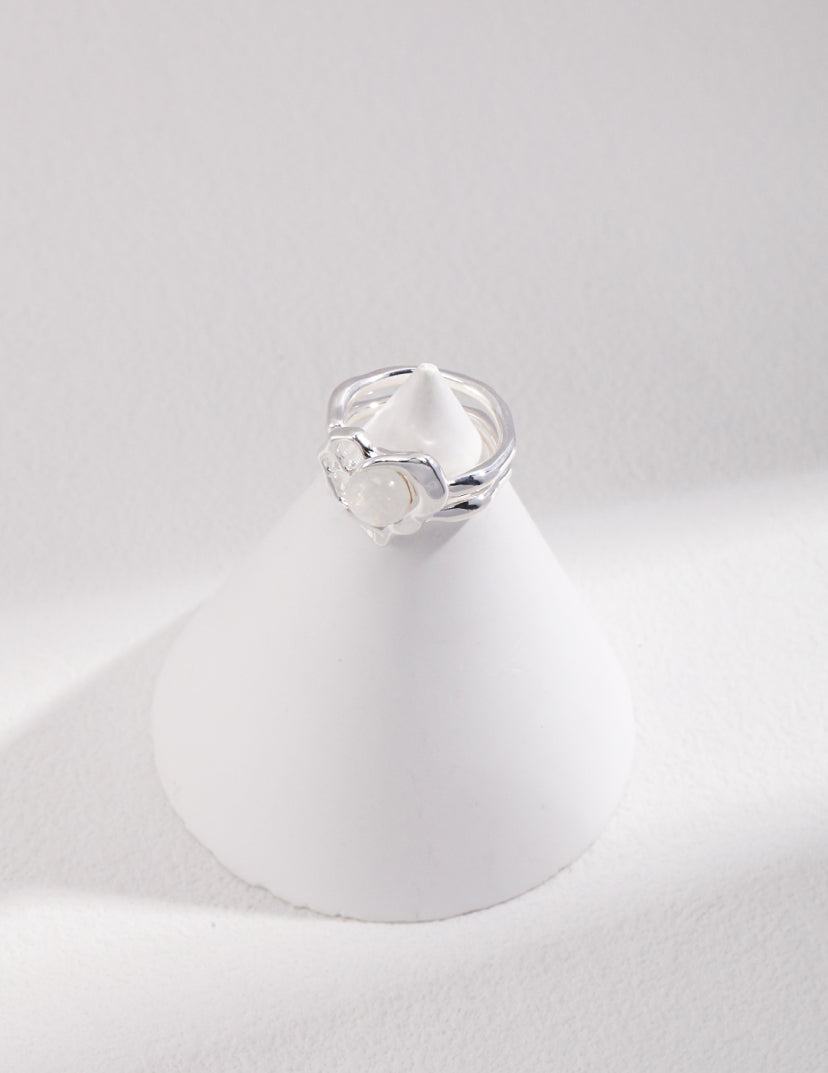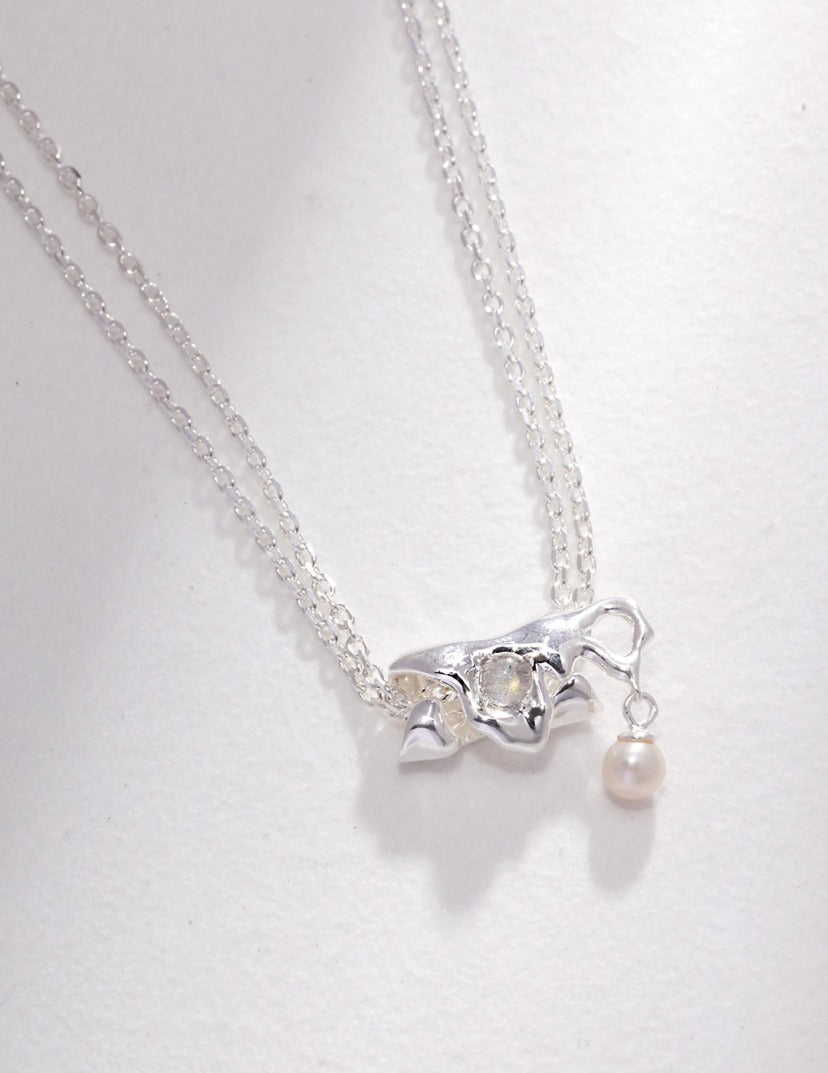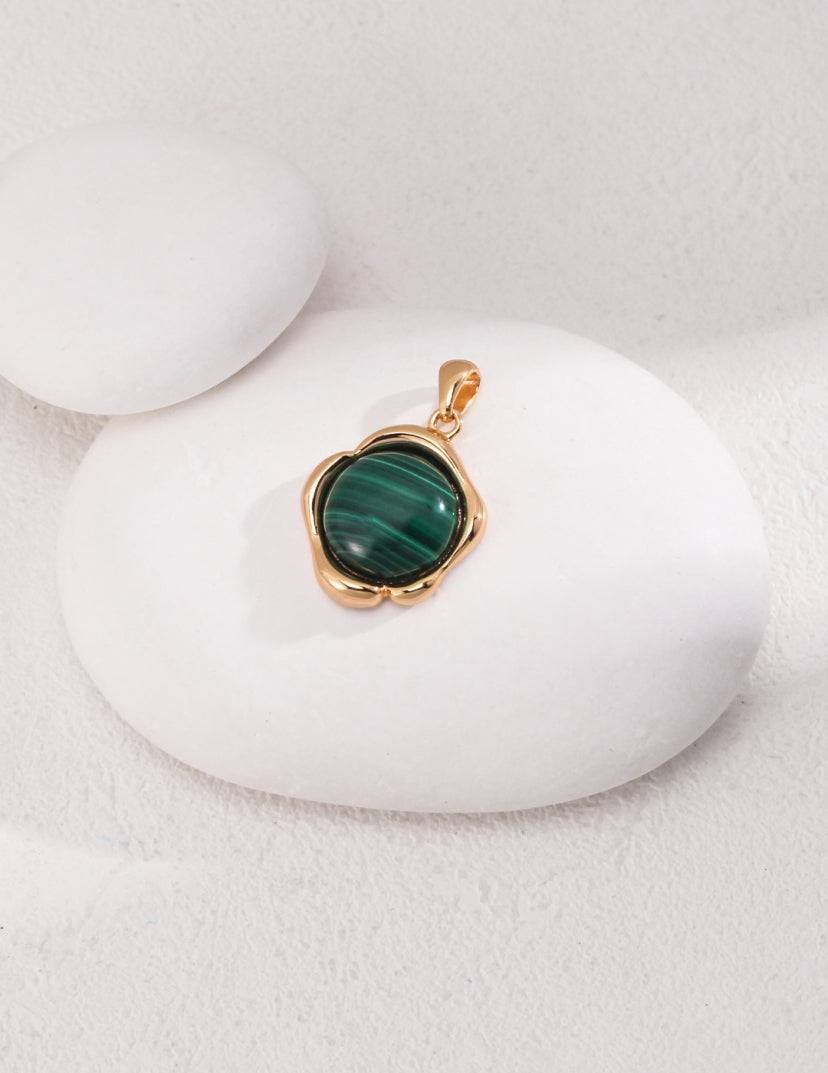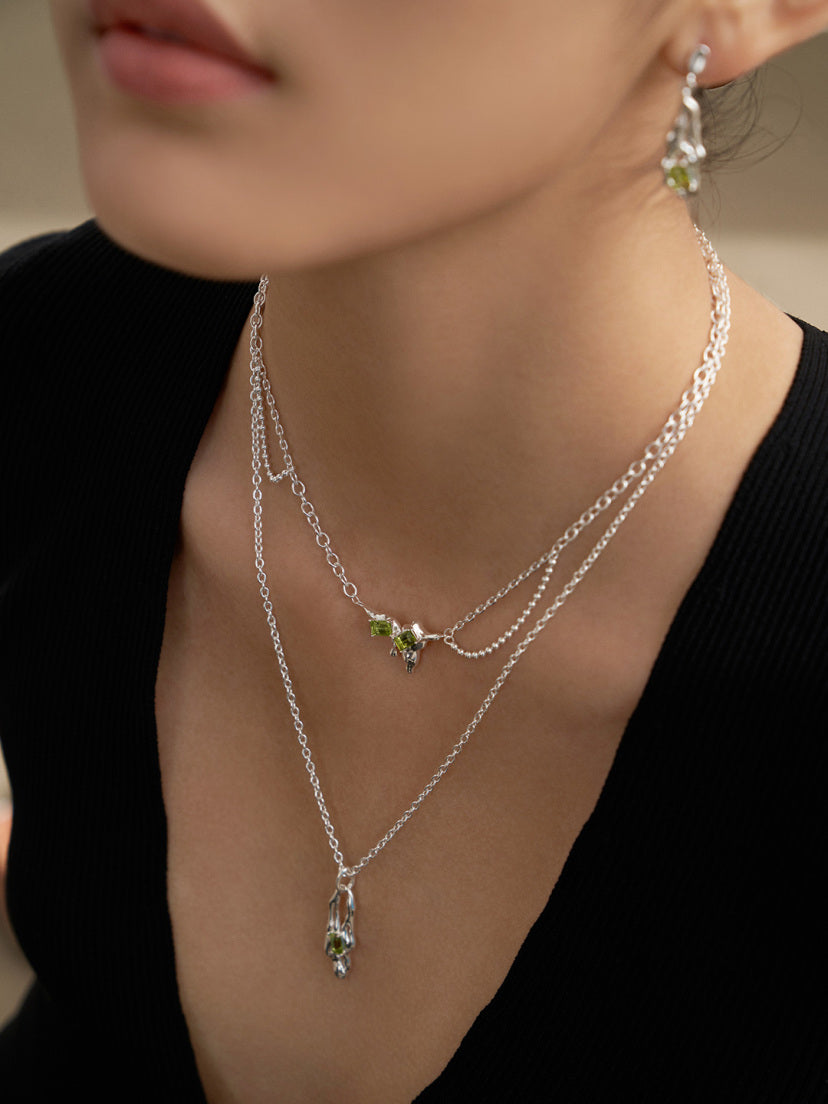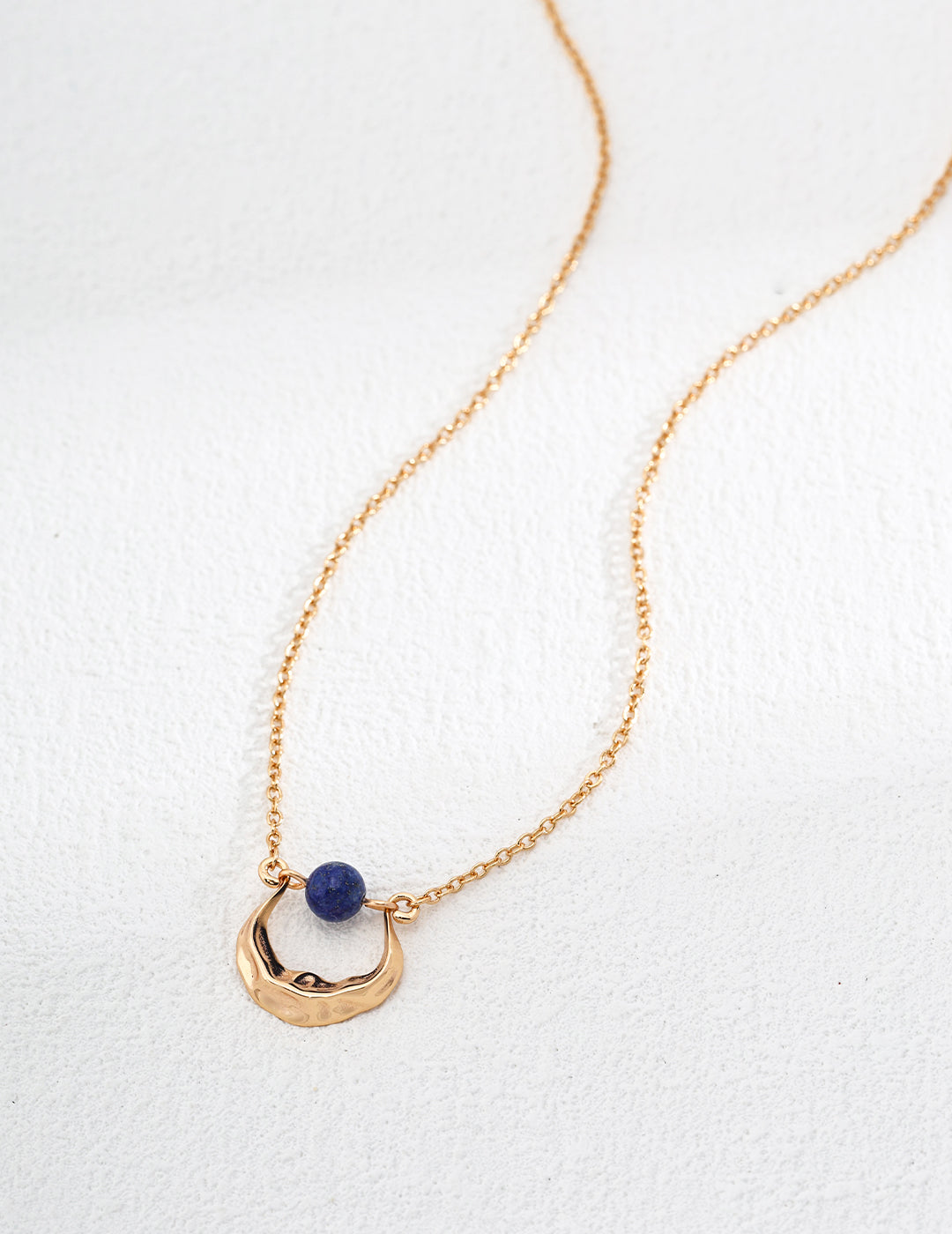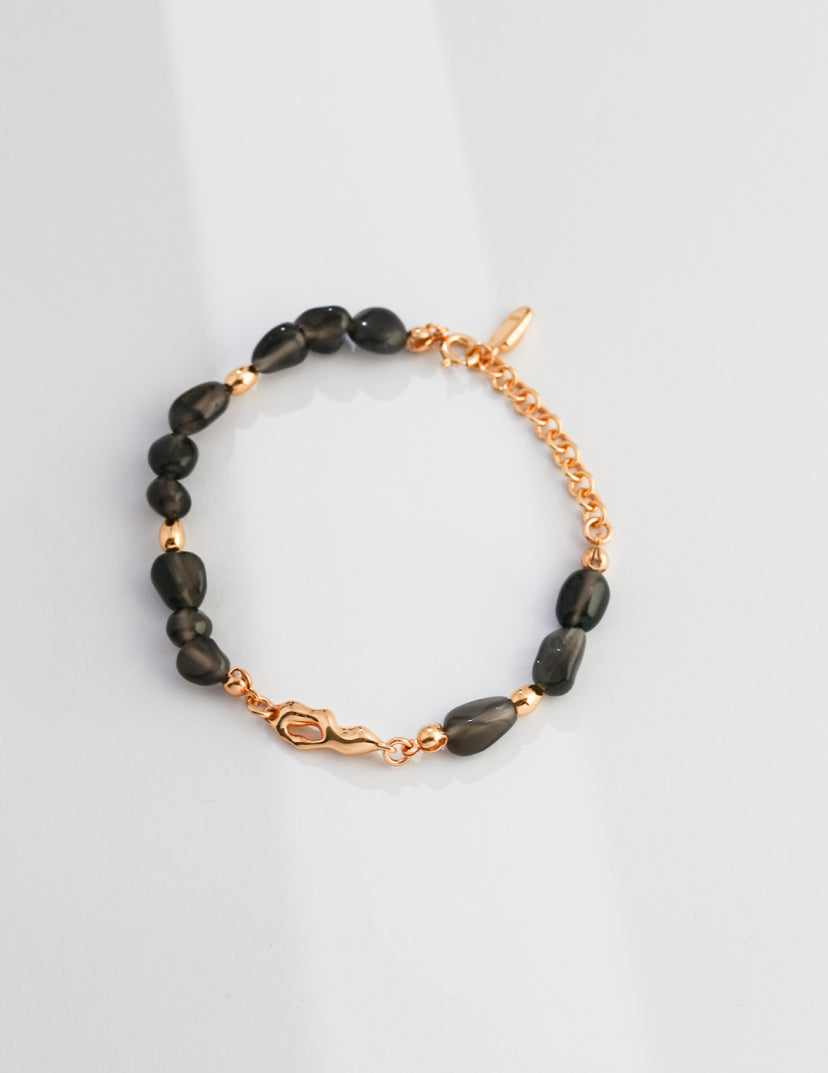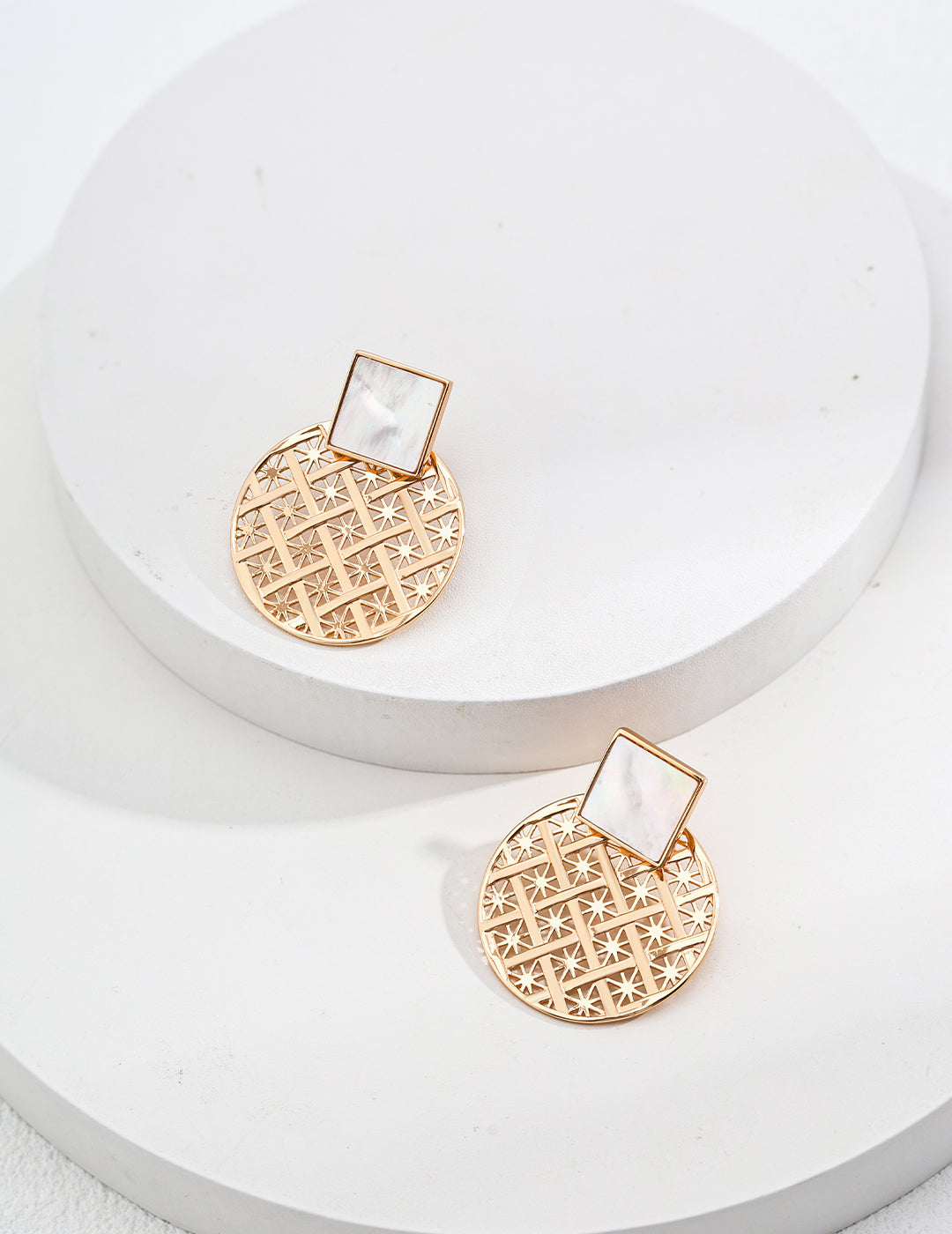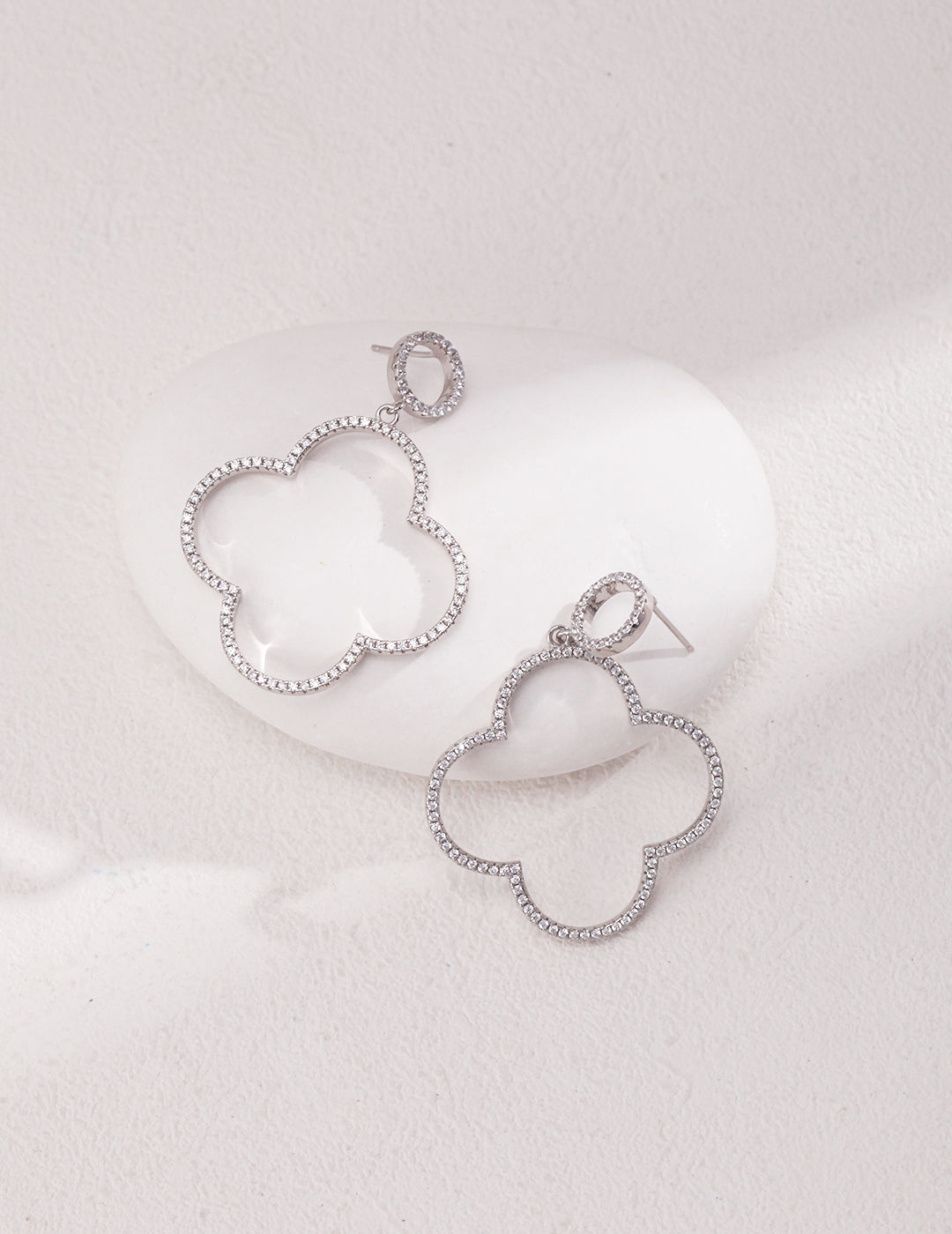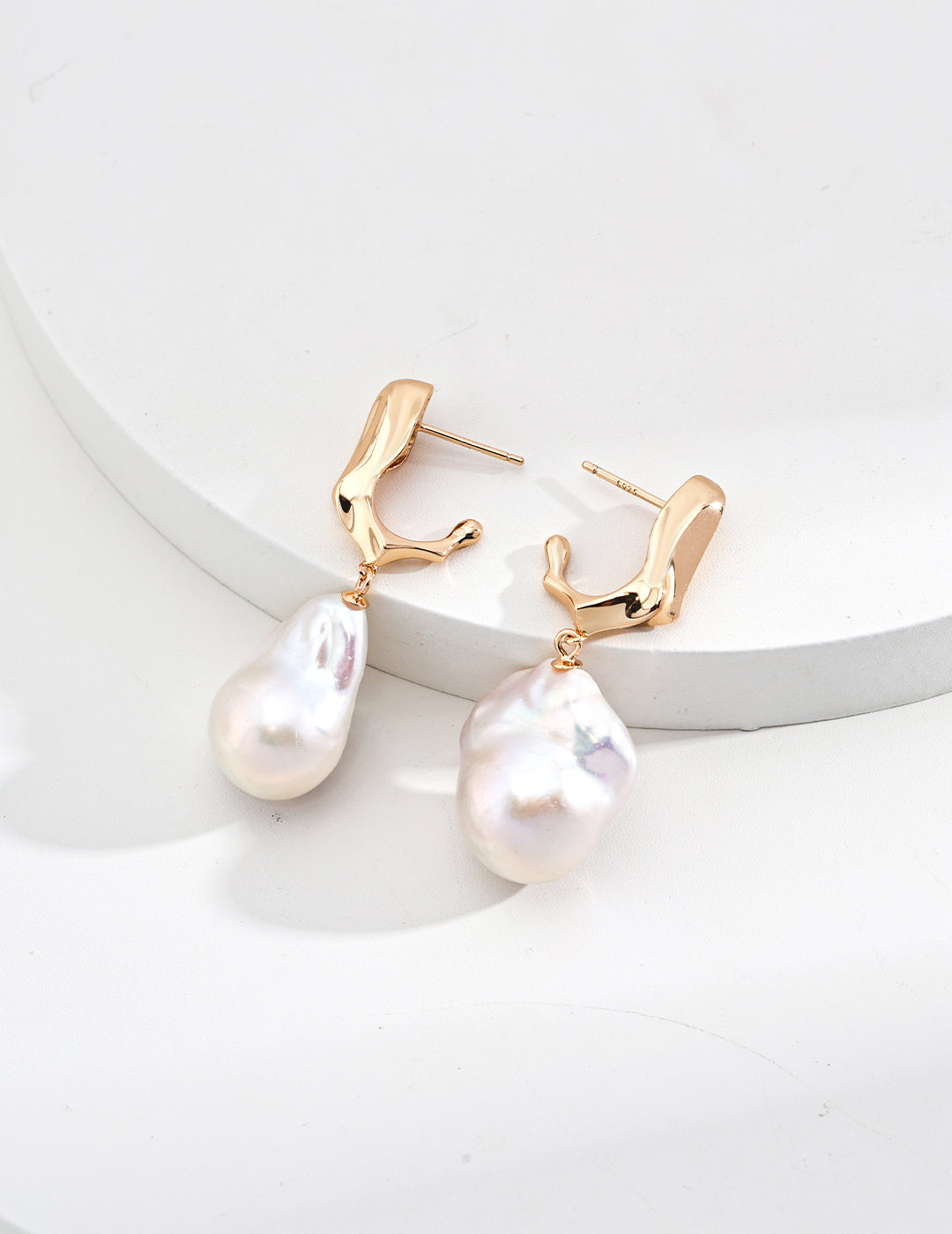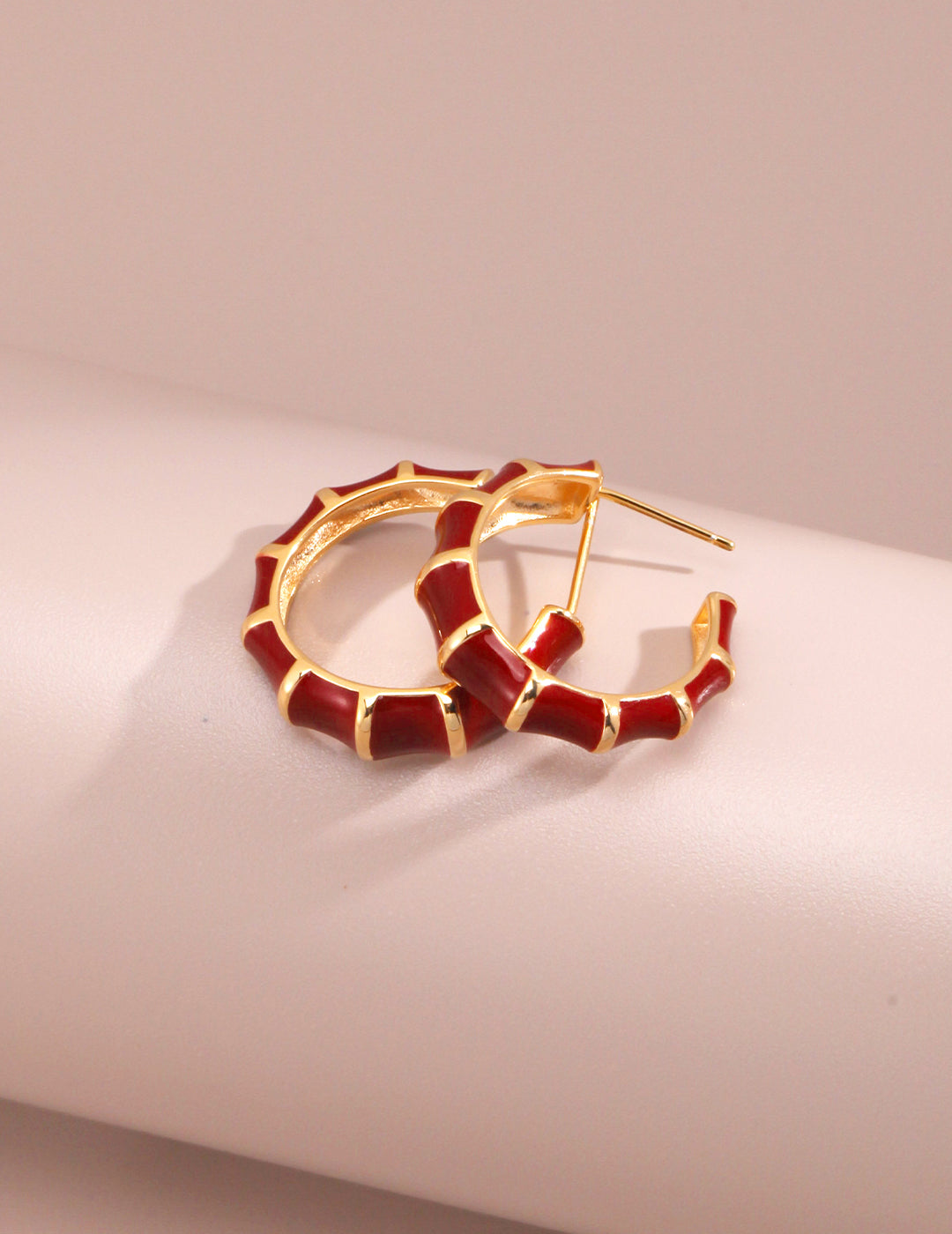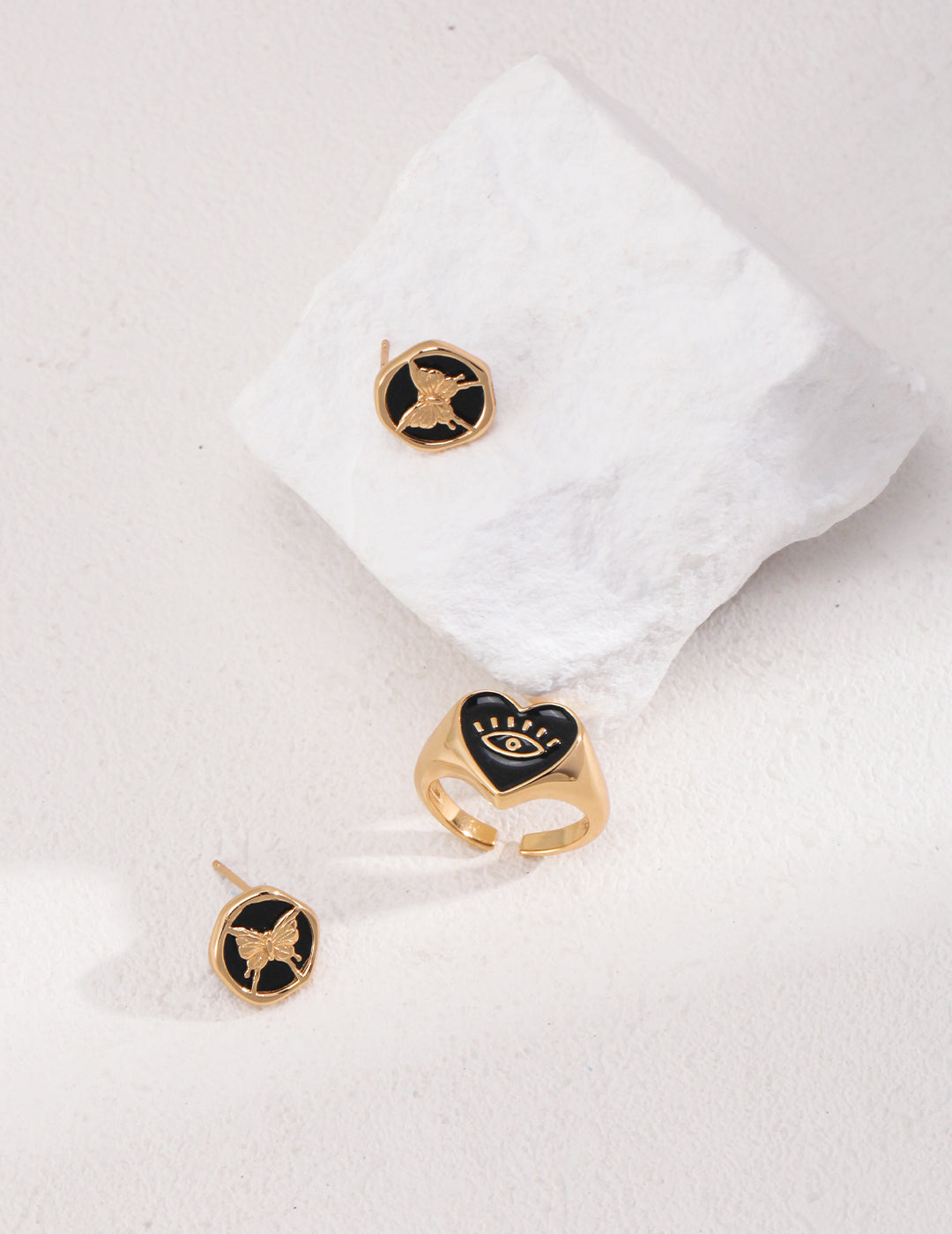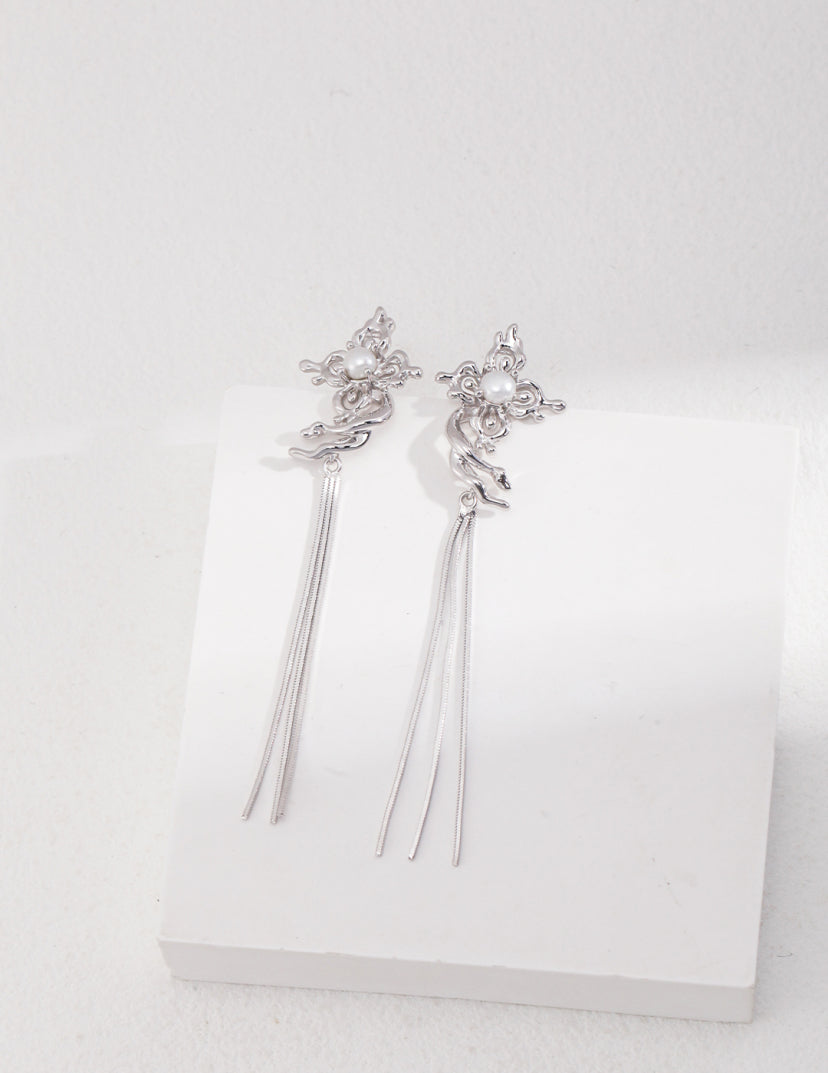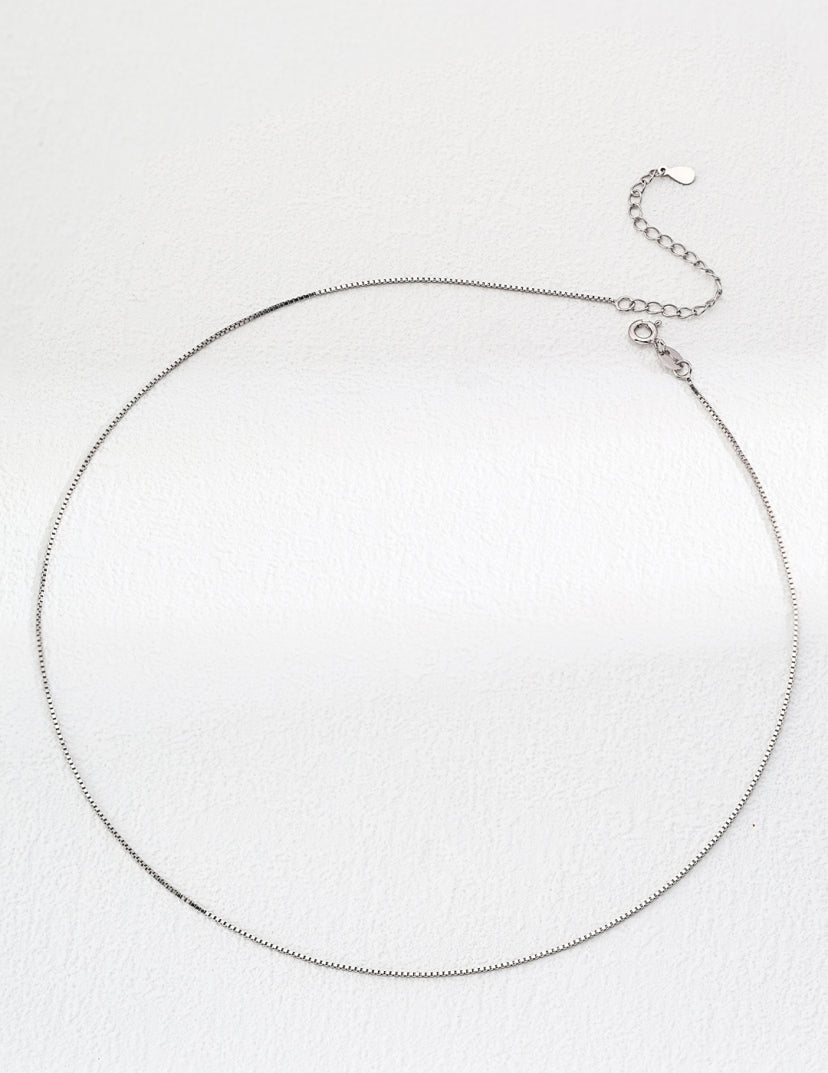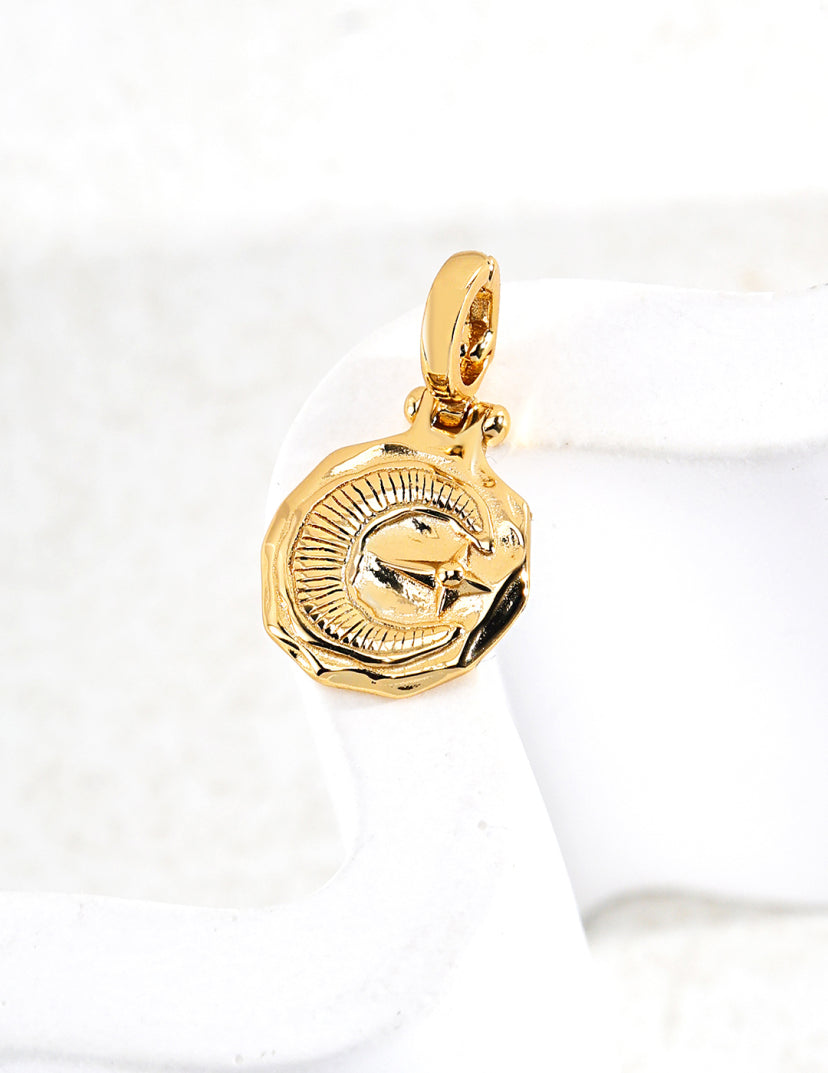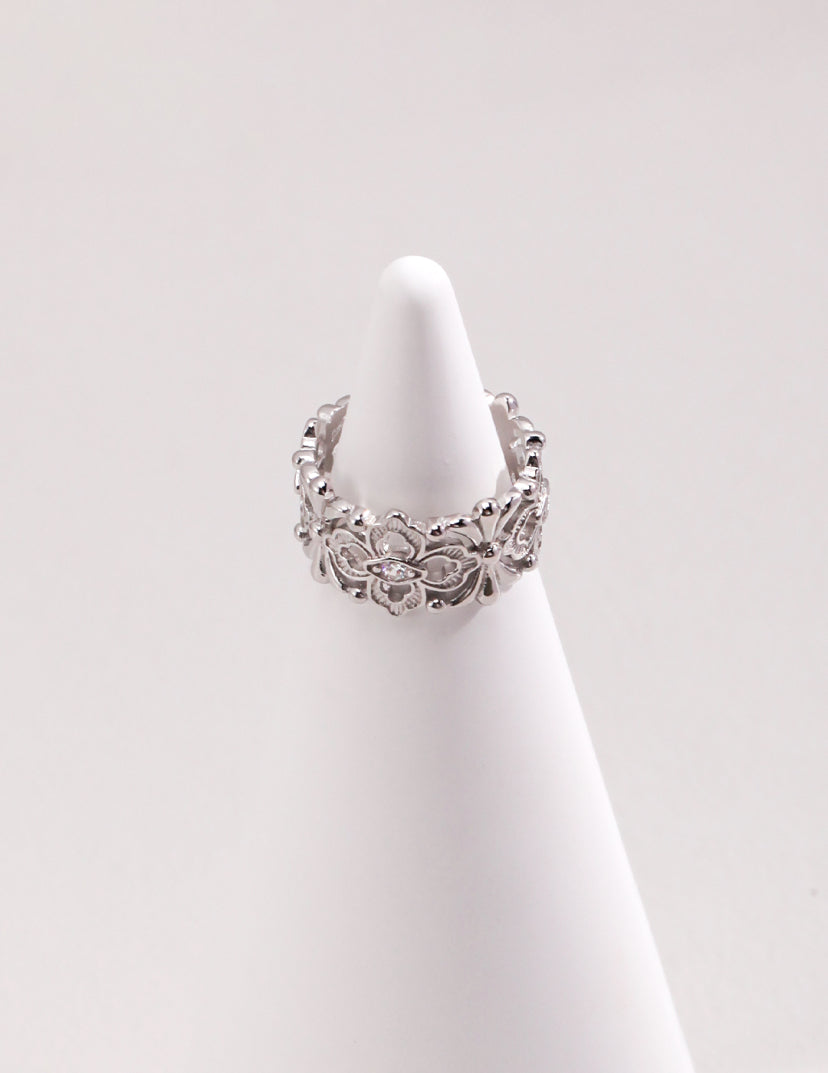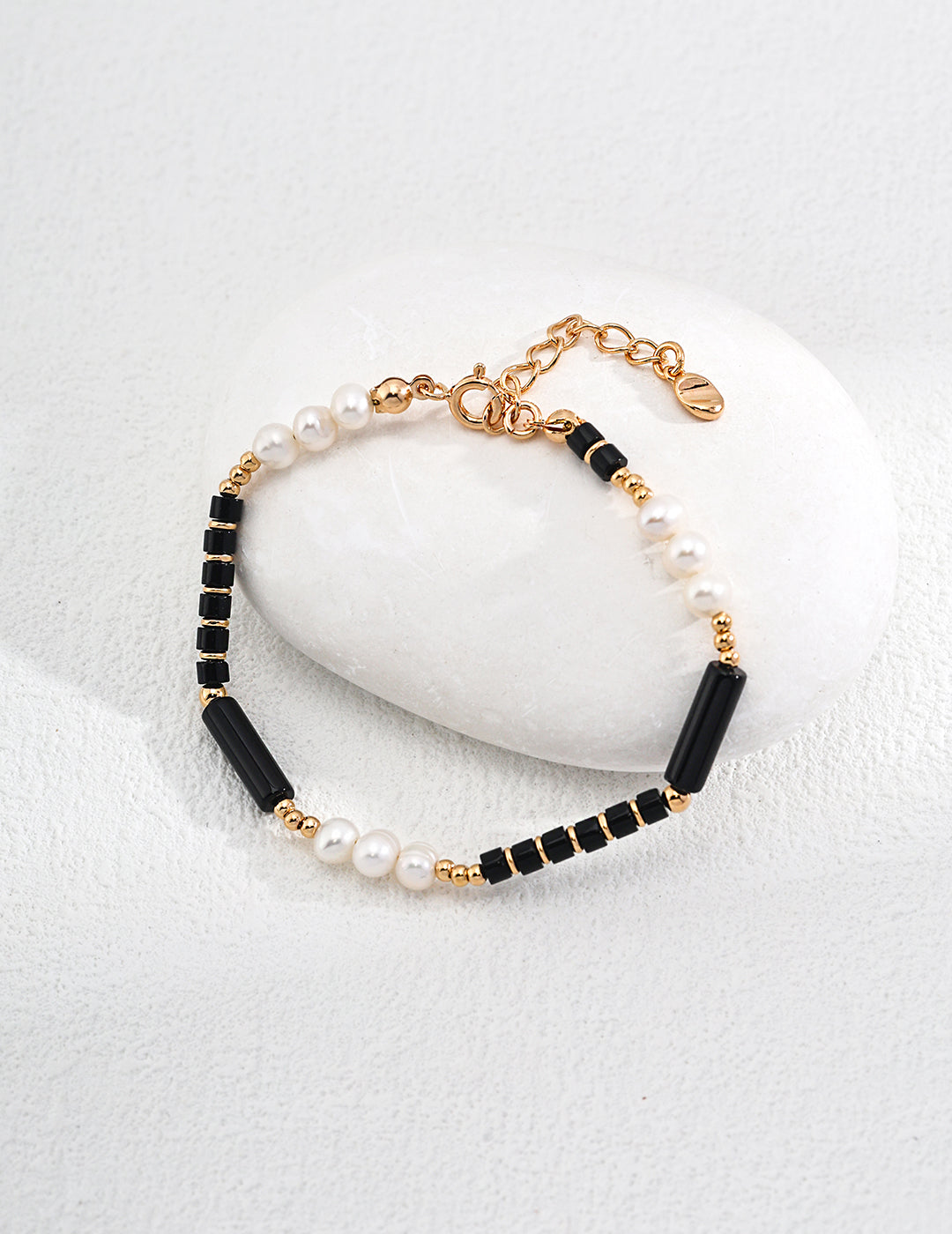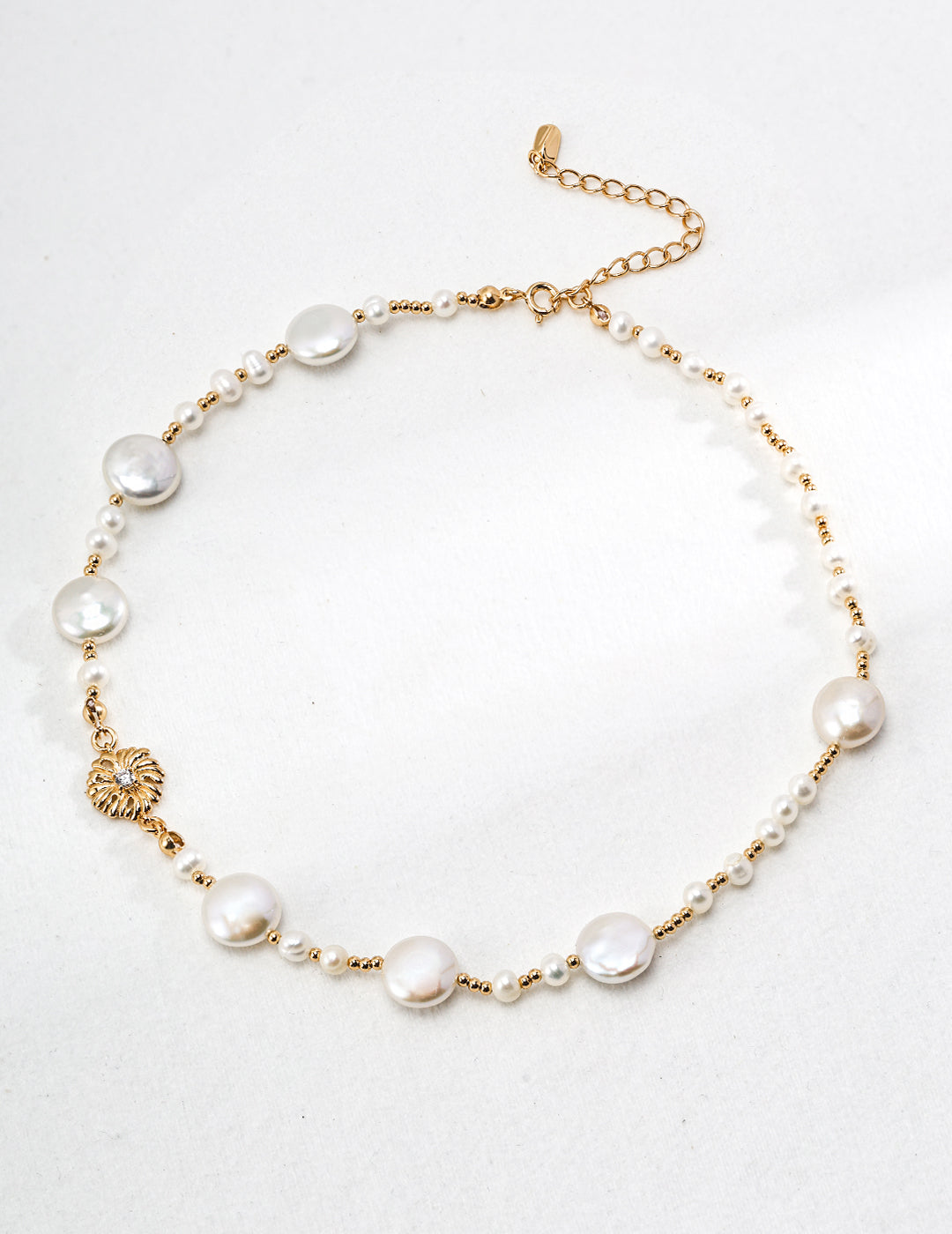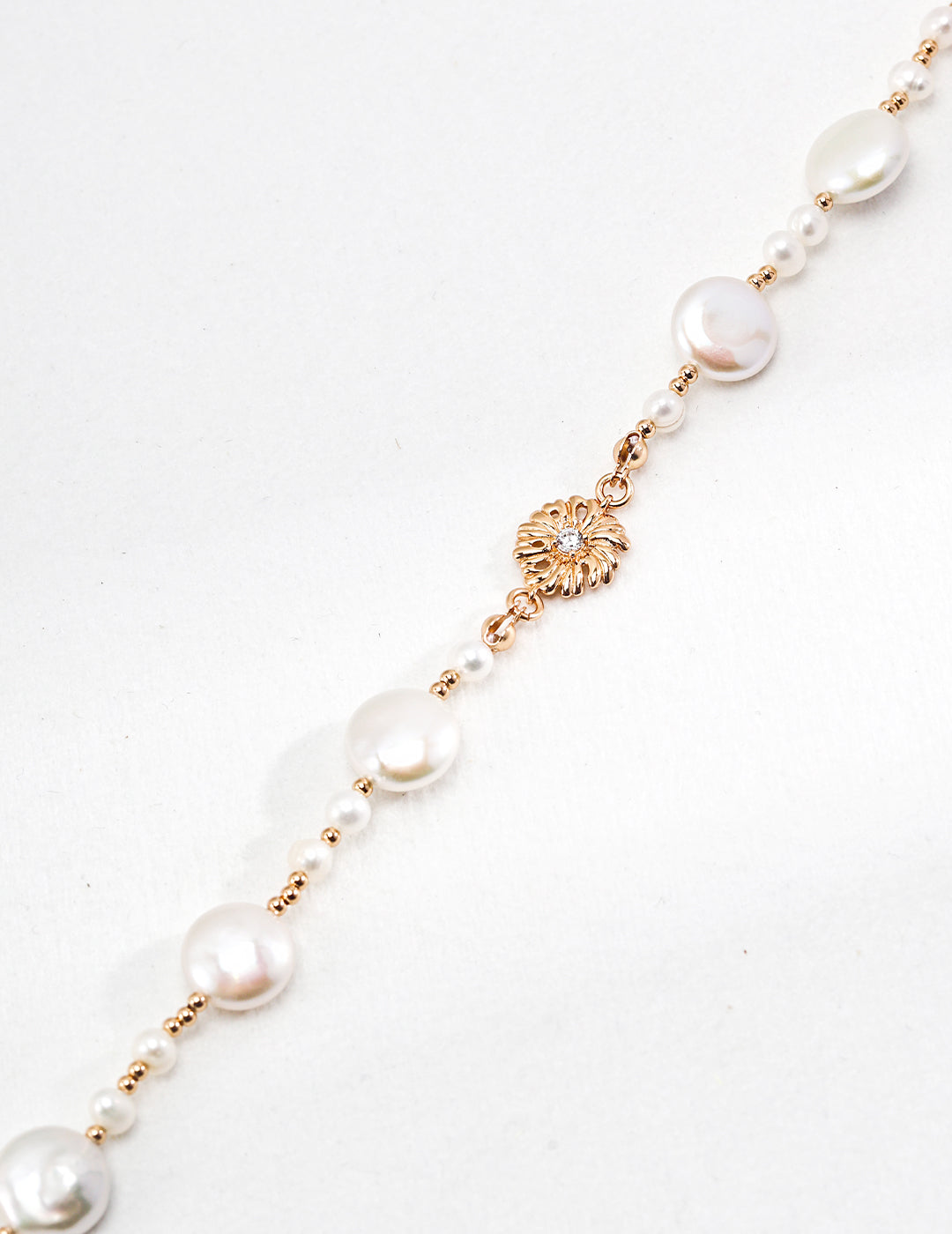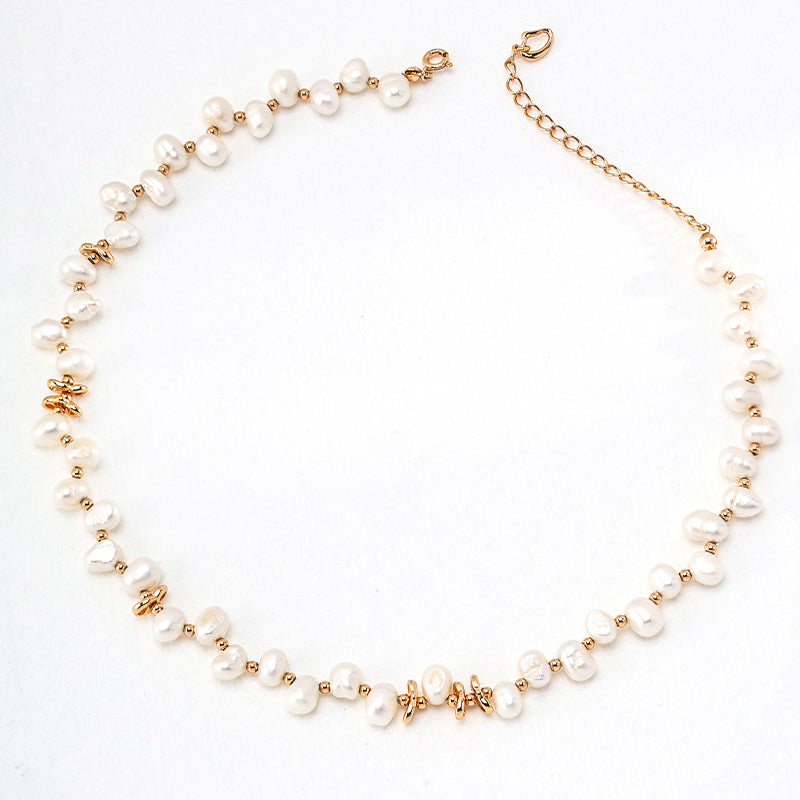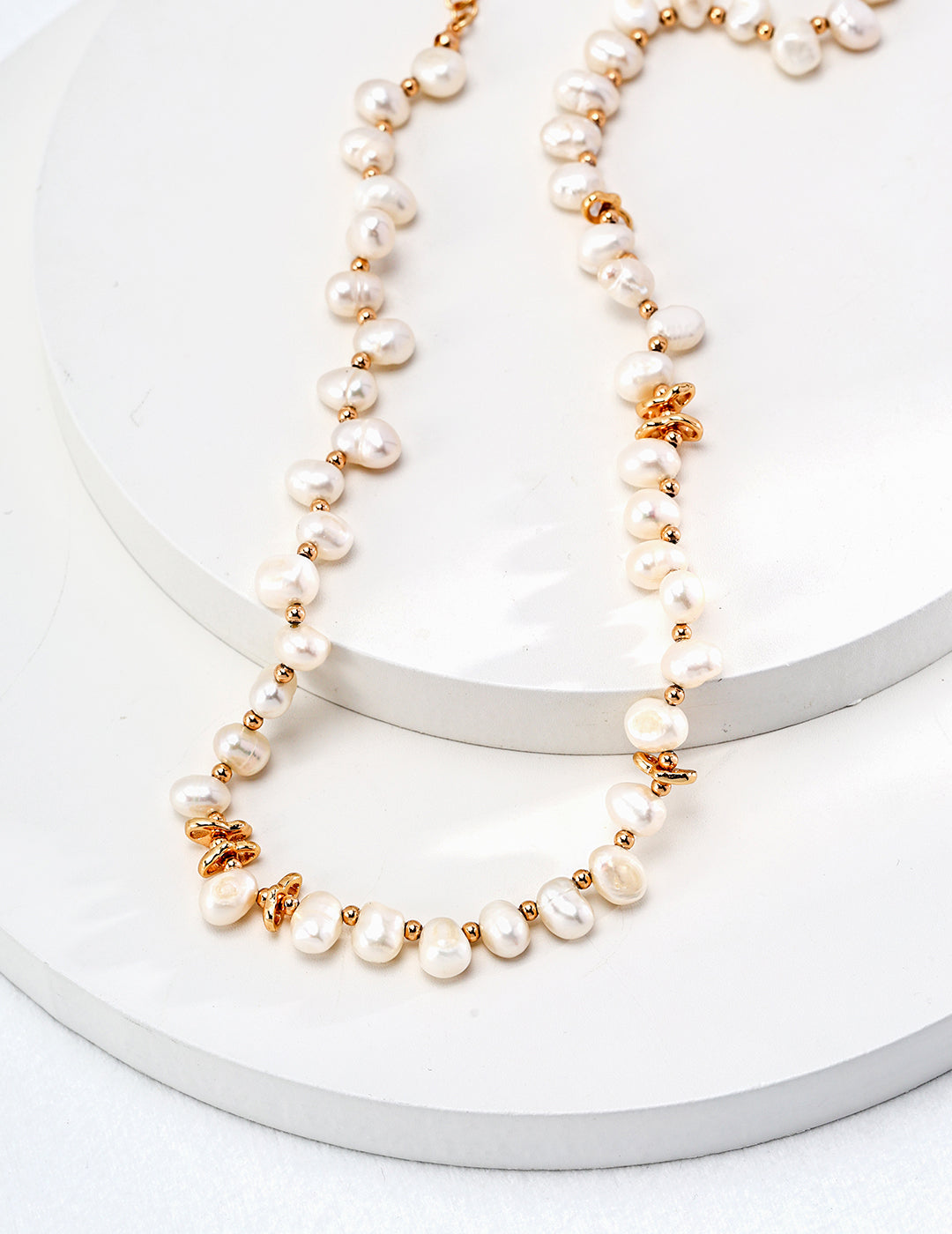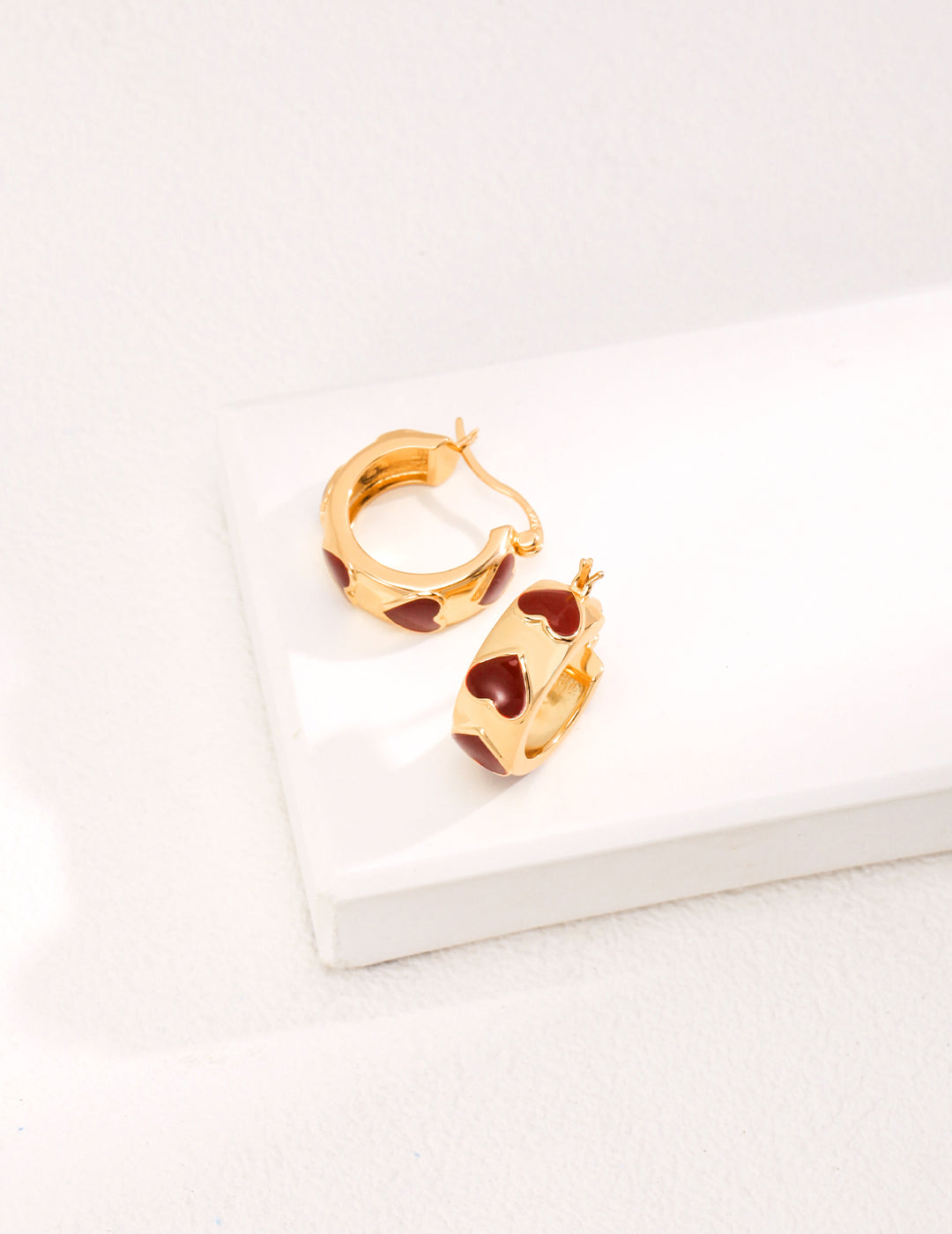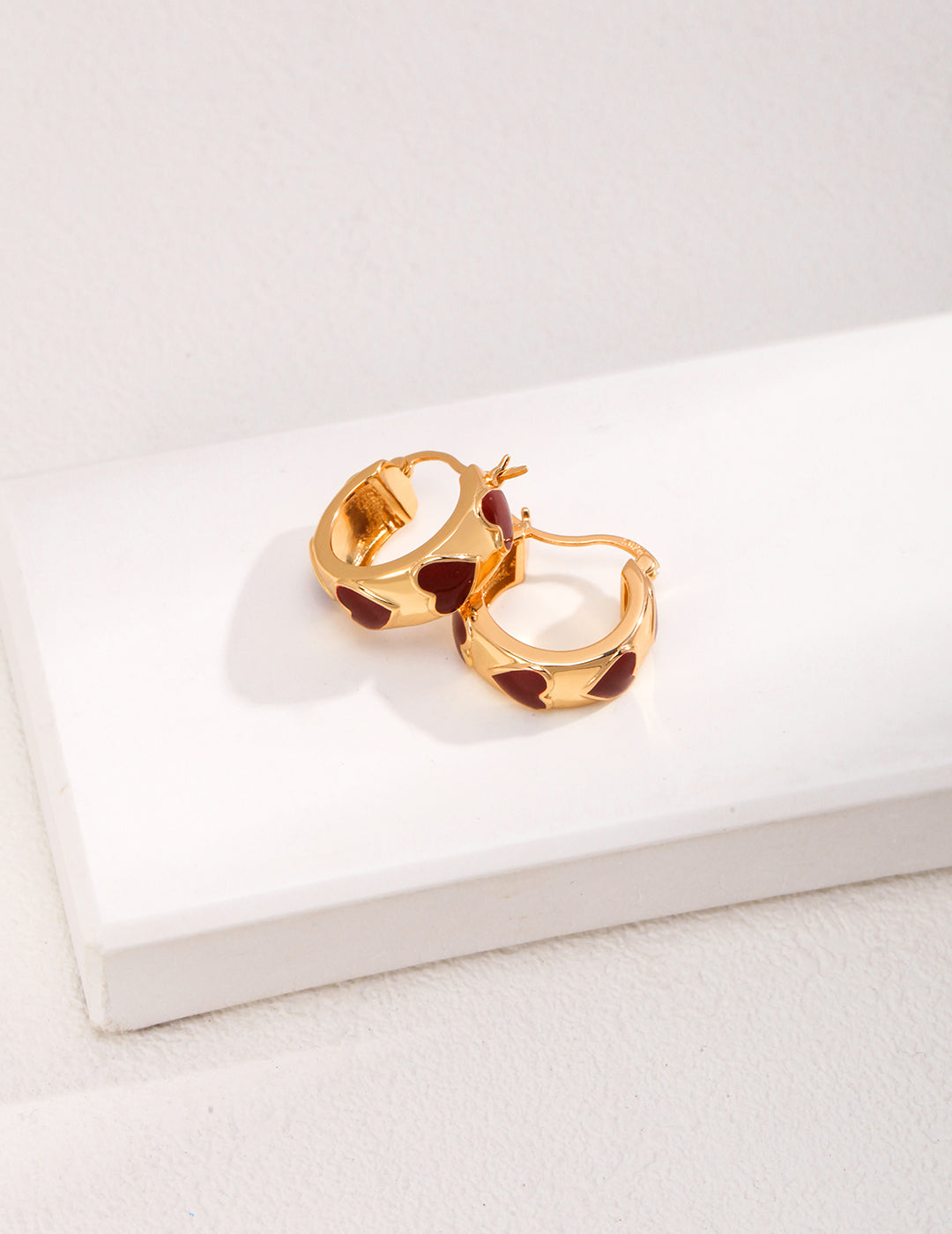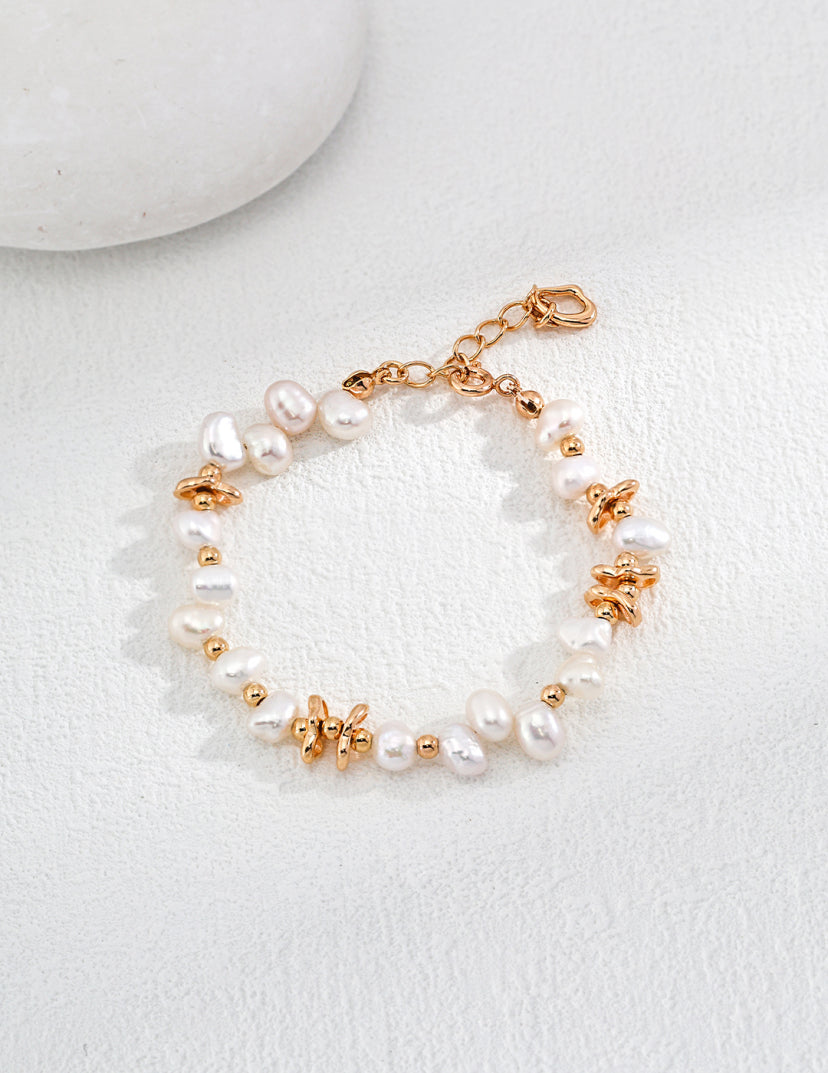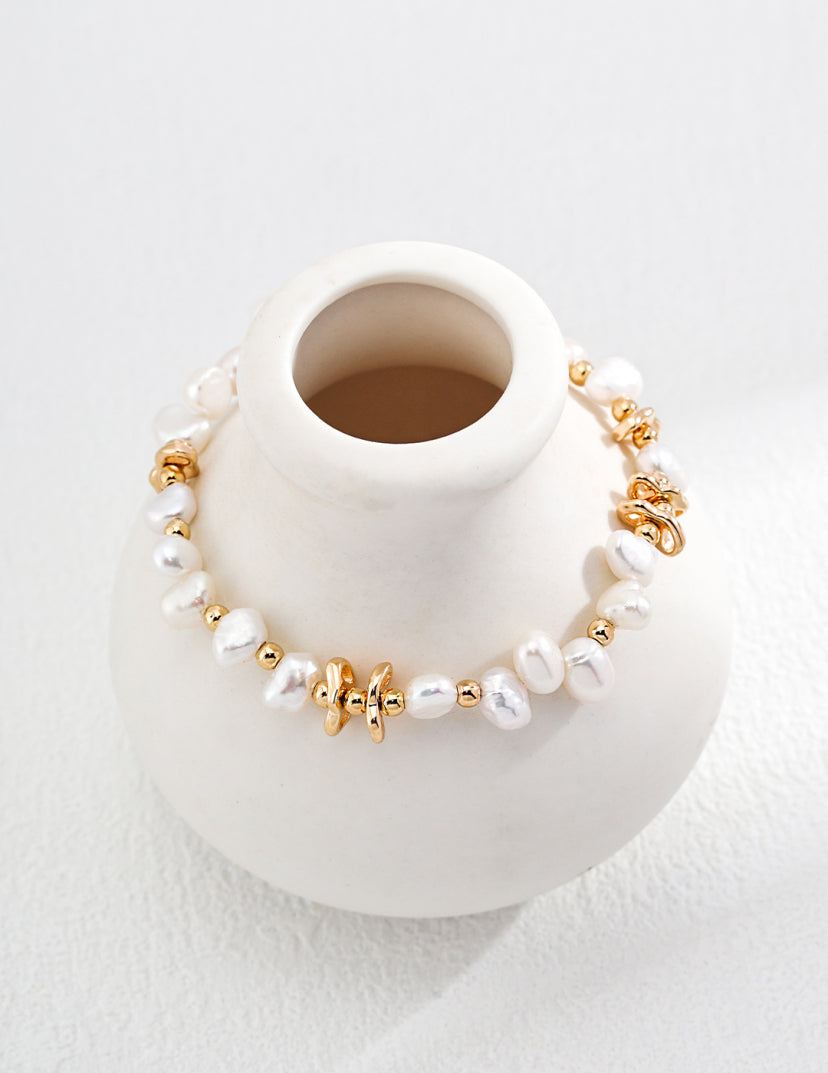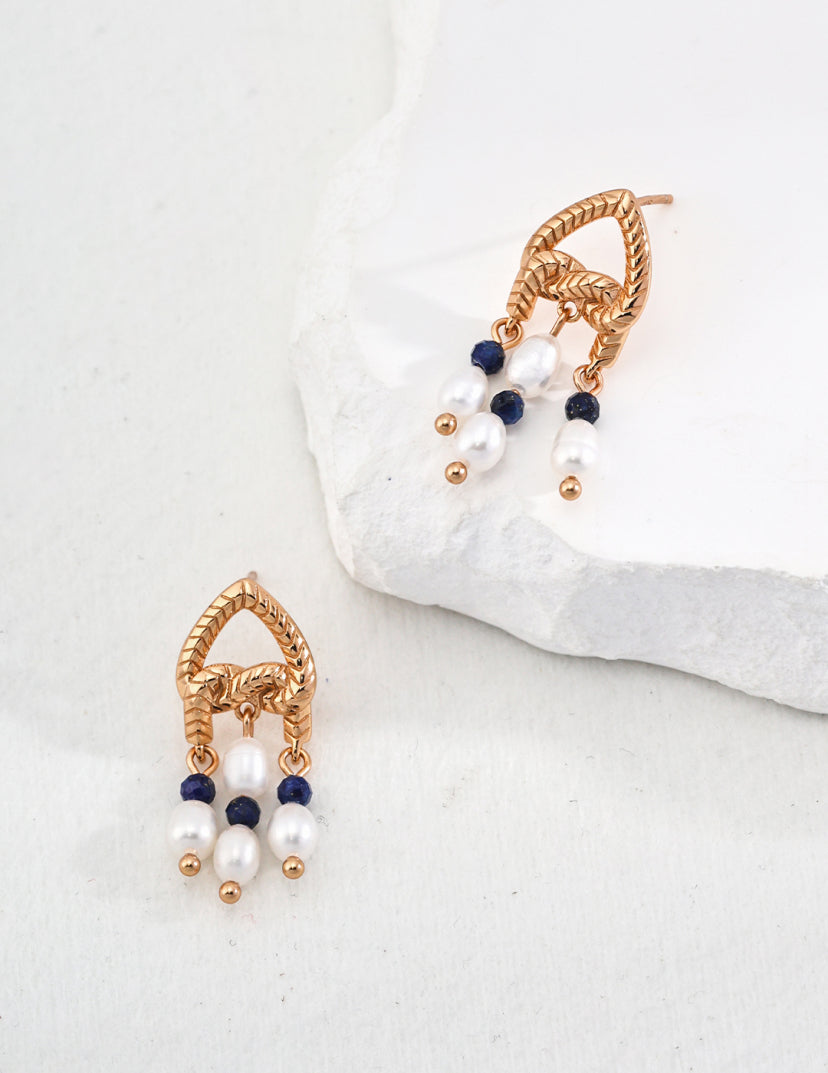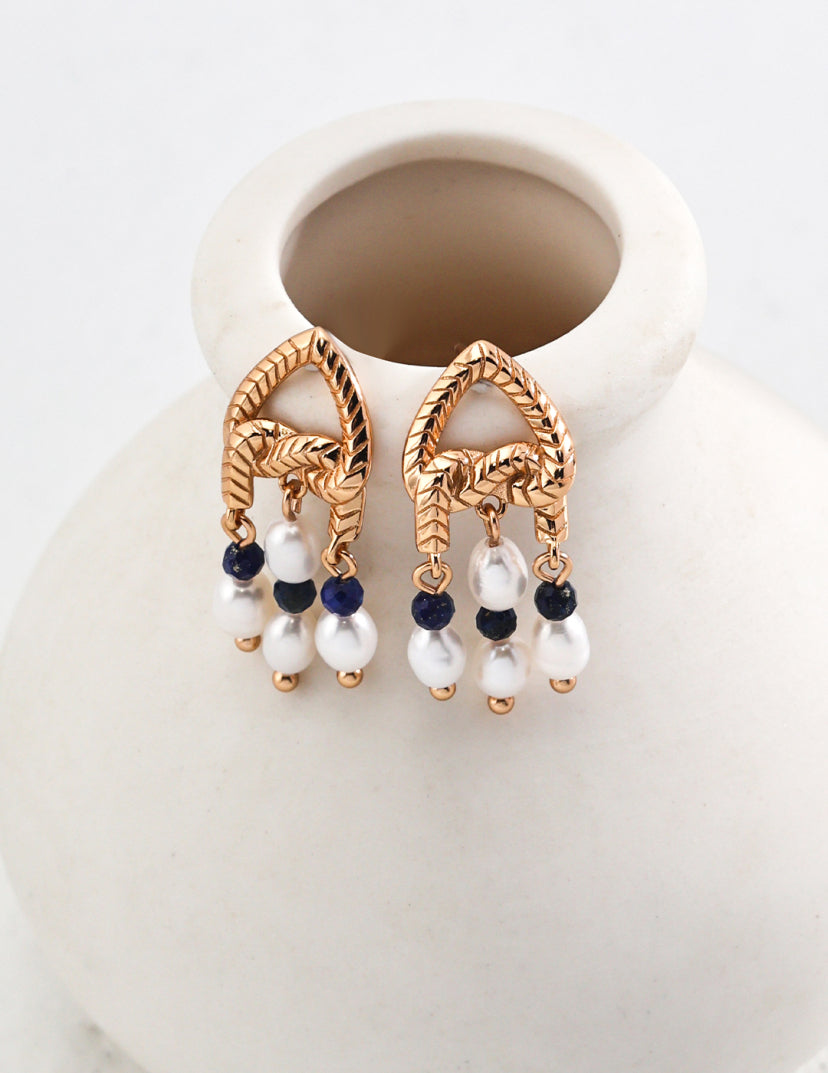Pearls: The Timeless Symbol of Purity and Elegance
Pearls have long been regarded as the epitome of elegance and sophistication, cherished for their natural beauty and their ability to complement any style. Unlike other gemstones that are mined from the earth, pearls are created by living organisms, making them a unique and organic gem with a rich history of cultural significance and symbolism. For centuries, pearls have been associated with purity, wisdom, and wealth, earning them a revered place in both ancient and modern jewelry.
The Formation and Types of Pearls
Pearls are formed within the soft tissue of mollusks, such as oysters and mussels, when an irritant like a grain of sand becomes trapped inside the shell. The mollusk secretes layers of nacre—a combination of calcium carbonate and conchiolin—around the irritant, gradually building up to form a pearl. The quality and luster of the pearl depend on the thickness and smoothness of the nacre layers.
There are several types of pearls, each with its own unique characteristics. The most common types include:
- Akoya Pearls: Known for their perfectly round shape and high luster, Akoya pearls are often white or cream-colored, making them a classic choice for traditional pearl jewelry.
- South Sea Pearls: These pearls are among the largest and most valuable, often found in shades of white, silver, and gold. They are prized for their size and satiny luster.
- Tahitian Pearls: Also known as "black pearls," Tahitian pearls are famous for their dark, exotic colors, ranging from deep black to peacock green.
- Freshwater Pearls: These pearls are cultivated in freshwater lakes and rivers, and they come in a variety of shapes, sizes, and colors. Freshwater pearls are often more affordable than their saltwater counterparts.
The Symbolism of Pearls
Throughout history, pearls have been imbued with deep symbolic meaning. In many cultures, they are associated with purity, innocence, and integrity, making them a popular choice for bridal jewelry. The natural, unblemished appearance of pearls has long made them a symbol of perfection and the divine feminine.
In ancient China, pearls were believed to bring wisdom and protect against evil spirits. They were often worn as talismans to attract good fortune and promote inner peace. In ancient Rome, pearls were a status symbol, reserved for the elite and often used to demonstrate wealth and power. Cleopatra, the last Pharaoh of Egypt, famously dissolved a pearl in vinegar and drank it to prove her immense wealth to Mark Antony.
In Christianity, pearls are mentioned in several passages of the Bible and are often used as metaphors for spiritual wealth and divine wisdom. The "pearl of great price" is a well-known biblical phrase that refers to something of immeasurable value.
Pearls in Modern Jewelry
Today, pearls remain a timeless addition to any jewelry collection, celebrated for their versatility and classic appeal. Whether strung into a simple strand necklace or set into a modern, minimalist design, pearls can elevate any outfit with their subtle elegance. They are particularly popular in bridal jewelry, where their symbolism of purity and new beginnings resonates deeply.
Pearls are also a favorite choice for business attire, offering a refined and polished look that is both professional and sophisticated. A pair of pearl earrings or a single pearl pendant can add a touch of grace to any ensemble, making them a staple for those who appreciate understated luxury.
In recent years, designers have begun to explore more contemporary uses of pearls, incorporating them into avant-garde and fashion-forward designs. Baroque pearls, with their irregular shapes and unique textures, have gained popularity for their organic and unconventional beauty. These modern interpretations demonstrate that pearls are not just for traditional occasions—they can also make a bold statement in the fashion world.
The Healing and Metaphysical Properties of Pearls
Beyond their aesthetic appeal, pearls are also believed to possess healing and metaphysical properties. In alternative medicine and crystal healing, pearls are thought to bring calming and centering energies, helping to balance the emotions and promote a sense of inner peace. They are said to enhance personal integrity and loyalty, making them a powerful symbol of commitment and faithfulness.
Pearls are also associated with the water element, which is linked to emotional healing and intuition. By connecting with the energy of the ocean, pearls are believed to help individuals tap into their subconscious mind and access deeper levels of intuition and insight.
For those who practice meditation or spiritual work, pearls can serve as a tool for enhancing focus and promoting a sense of serenity. Placing a pearl on the third eye chakra is thought to open the mind to higher wisdom and facilitate communication with the divine.
Caring for Pearls
Pearls are delicate gemstones that require special care to maintain their luster and beauty. Because they are organic and relatively soft, they are more vulnerable to scratches and damage than other gemstones. To keep pearls looking their best, it’s important to avoid exposing them to harsh chemicals, such as perfumes, hairspray, and cleaning agents, which can erode the nacre.
When cleaning pearls, use a soft, damp cloth to gently wipe them after each wear. Store them separately from other jewelry to prevent scratches, preferably in a soft pouch or a lined jewelry box. It’s also a good idea to wear pearls regularly, as the natural oils from your skin can help maintain their luster.
The Unique Charm of Baroque Pearls
Baroque pearls are distinct from the traditional round pearls in that they feature irregular, non-symmetrical shapes. These pearls are valued for their organic and one-of-a-kind appearance, which sets them apart from the more classical, perfectly round pearls. The term "Baroque" itself comes from the Portuguese word "barroco," meaning "imperfect pearl."
These pearls can take on a variety of forms—ranging from slightly oval to completely freeform—and their surfaces often have interesting textures and ridges. Because of their unique shapes, baroque pearls are often used in more artistic and avant-garde jewelry designs. They allow designers to create pieces that are both contemporary and deeply personal, as no two baroque pearls are exactly alike.
Baroque pearls also carry a symbolism that differs slightly from their more symmetrical counterparts. While traditional pearls are often associated with purity and perfection, baroque pearls represent individuality, creativity, and the beauty found in imperfection. They are a reminder that true beauty is often found in the unexpected and the unconventional.
In recent years, baroque pearls have seen a resurgence in popularity, particularly among those who appreciate the blend of modernity and tradition in their jewelry. These pearls are often featured in statement pieces, where their unique shapes and striking presence can be fully appreciated.
SHOP YAN COLLECTION PEARL SERIES
Conclusion
Pearls are a unique and timeless gemstone, cherished for their beauty, elegance, and symbolic meaning. Whether worn as a symbol of purity, a mark of sophistication, or a tool for emotional healing, pearls continue to captivate and inspire. Their enduring appeal makes them a versatile and meaningful addition to any jewelry collection, offering a blend of tradition and modernity that is truly unmatched. Embrace the timeless elegance of pearls and let their soft, luminous glow enhance your life with grace and beauty.











